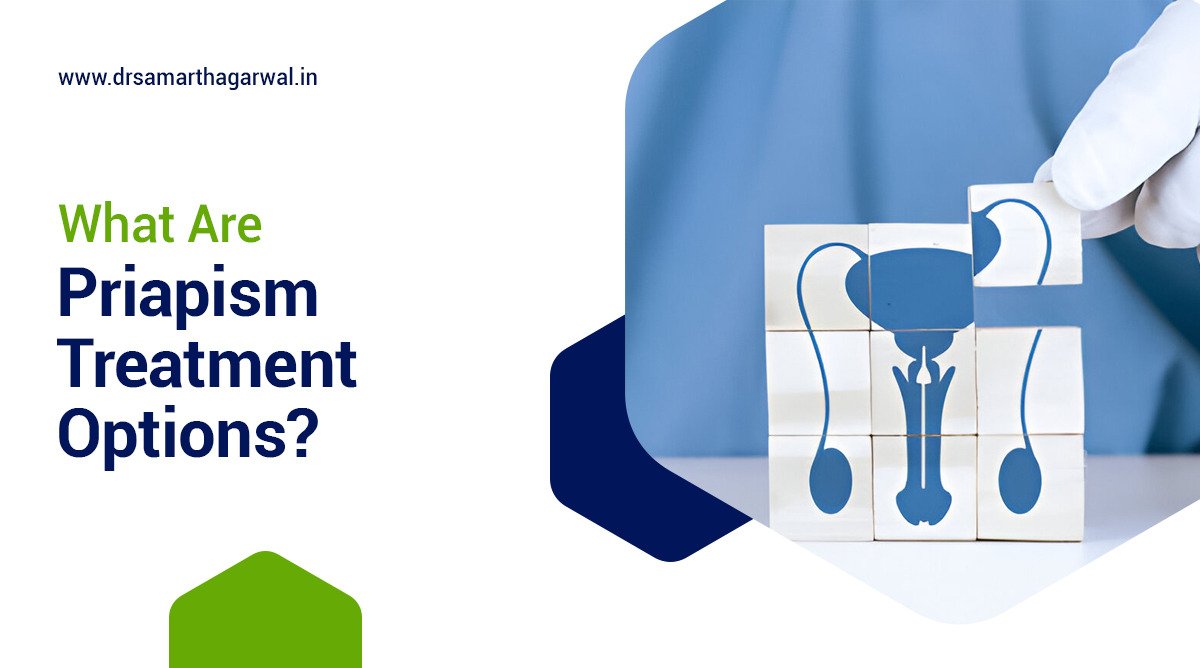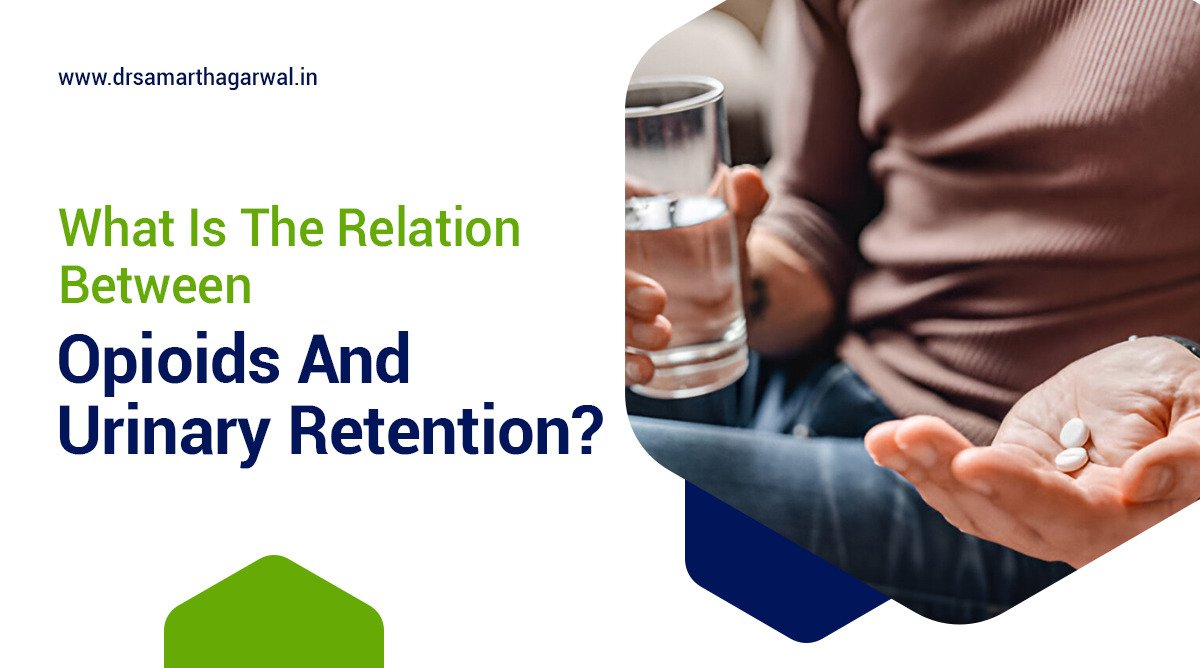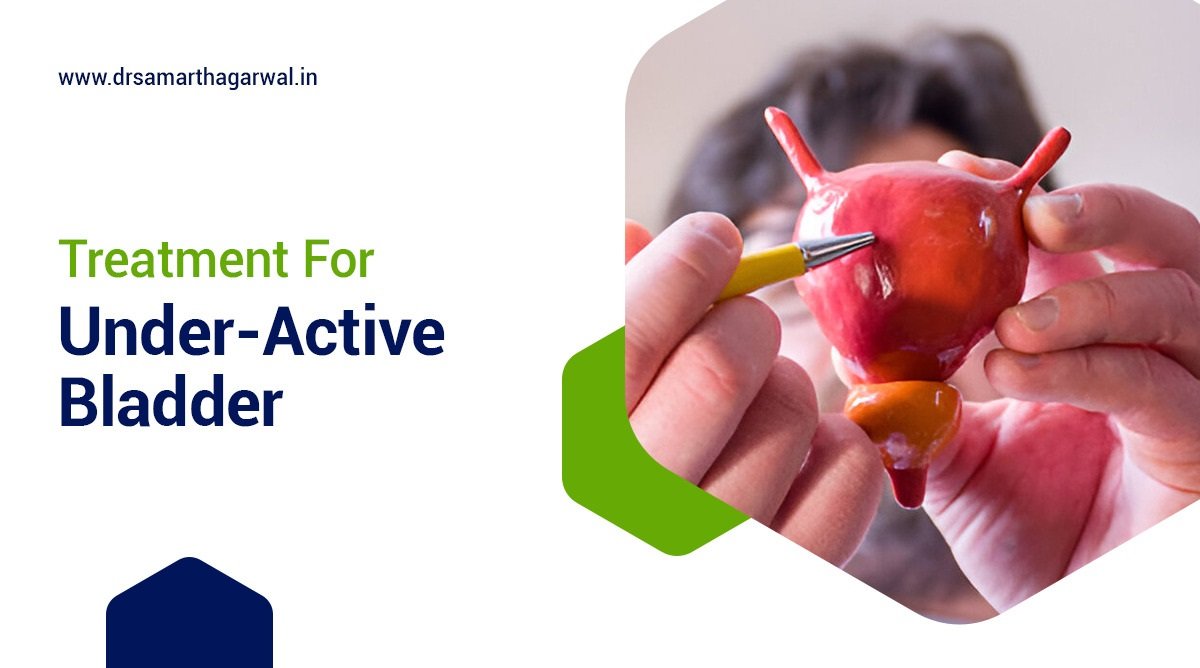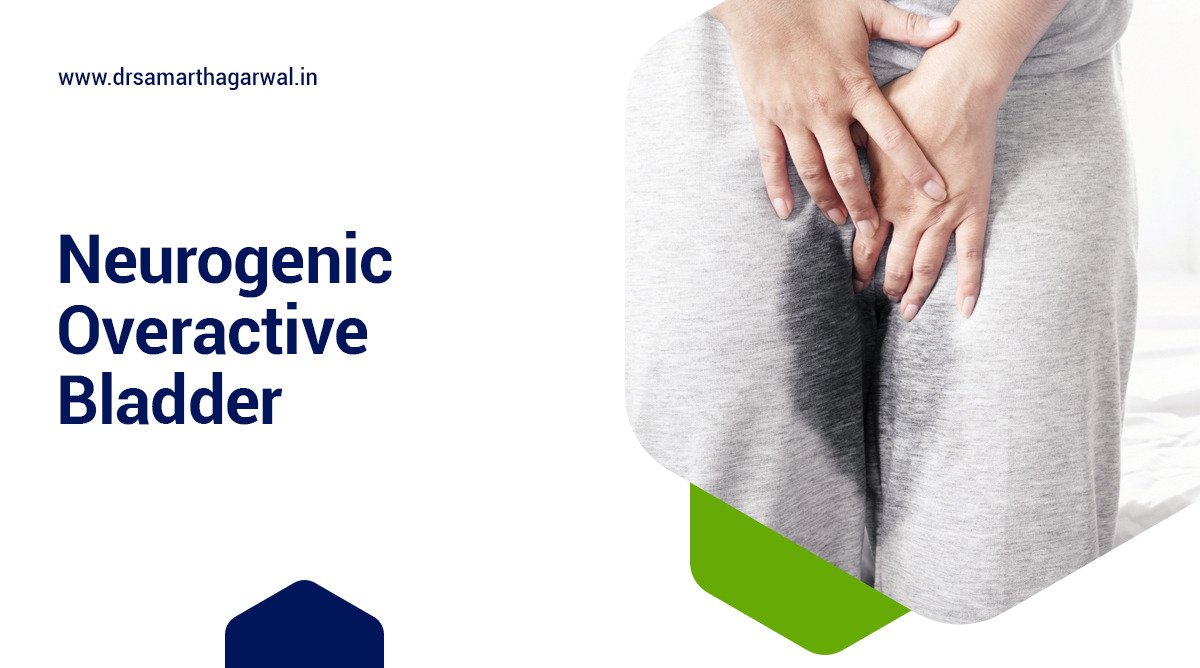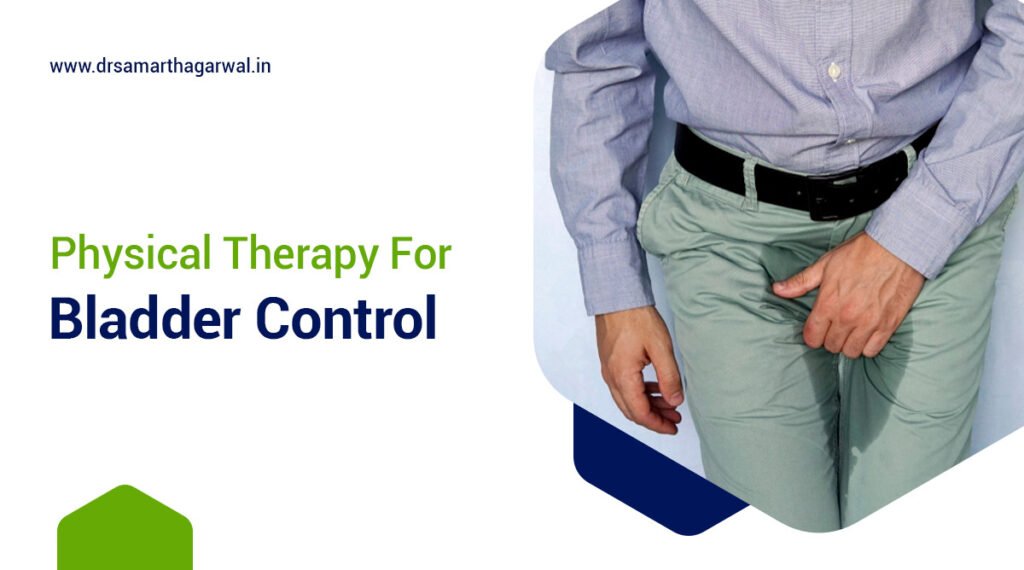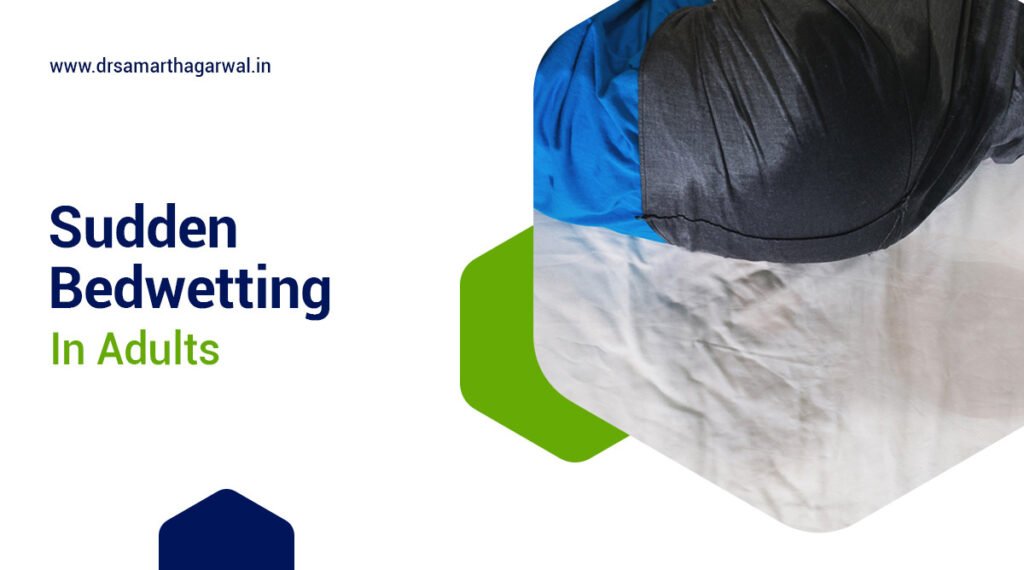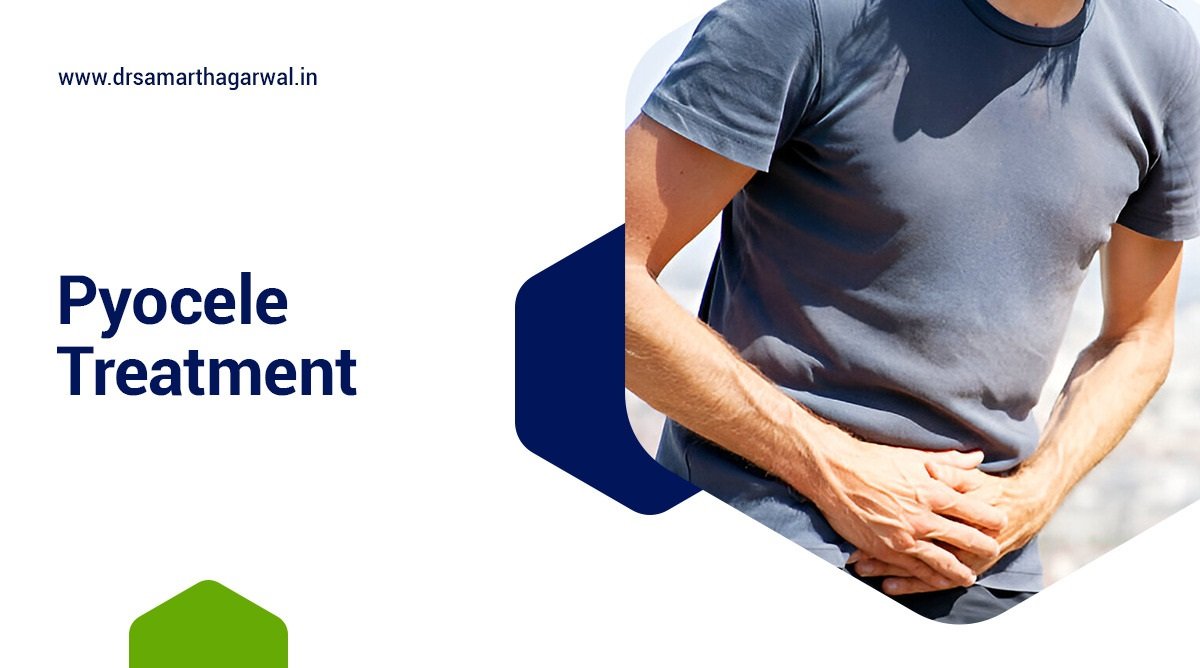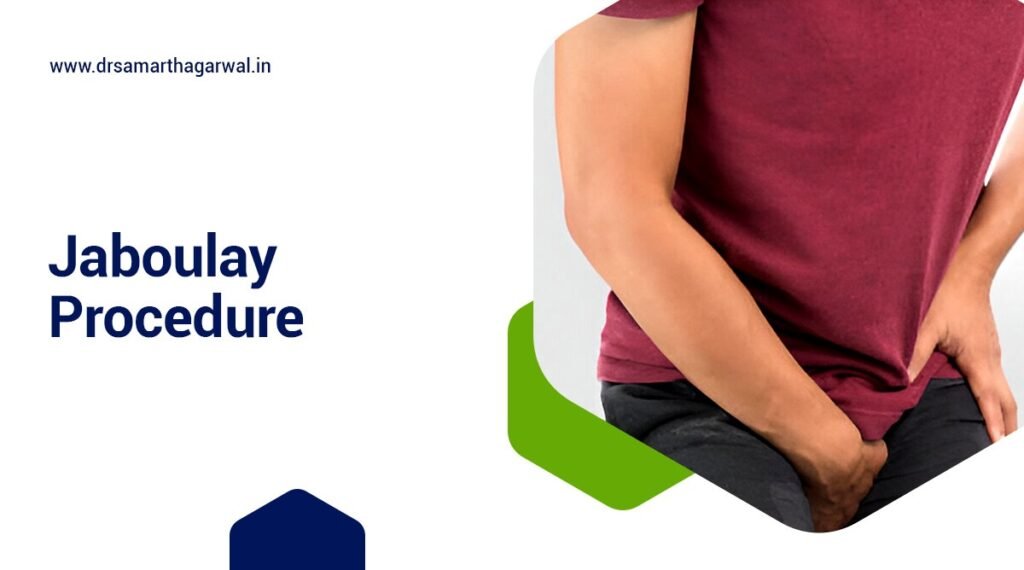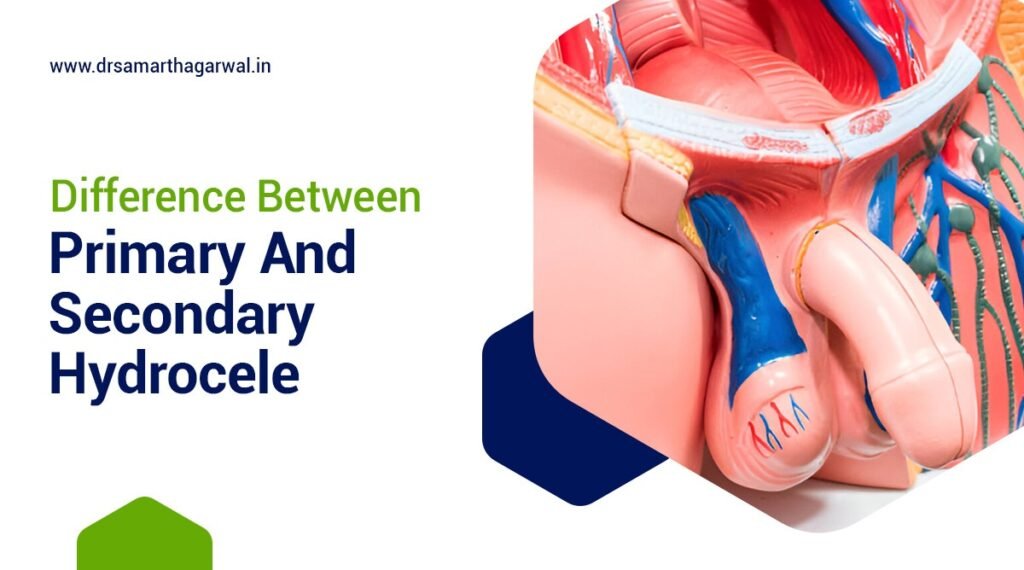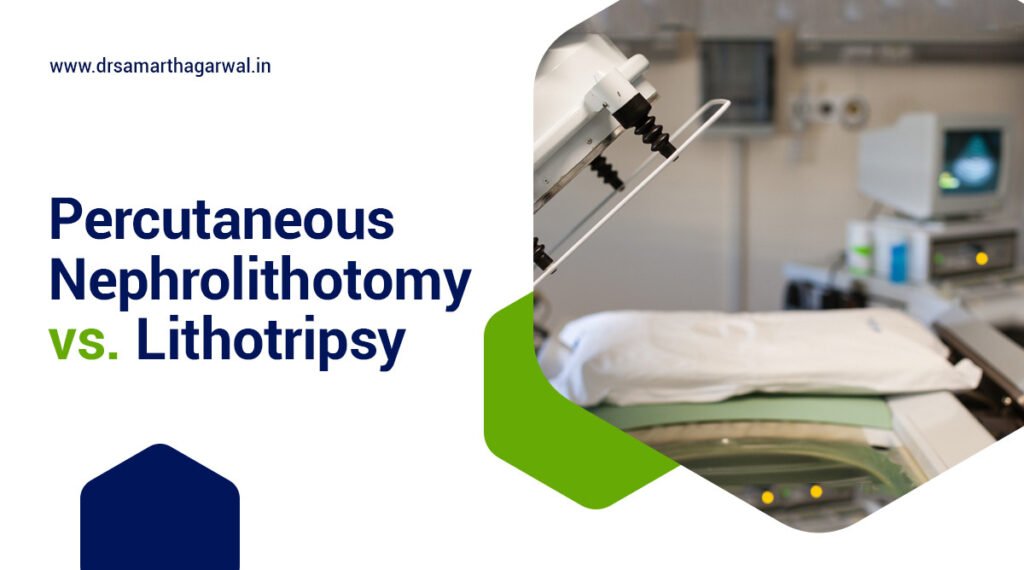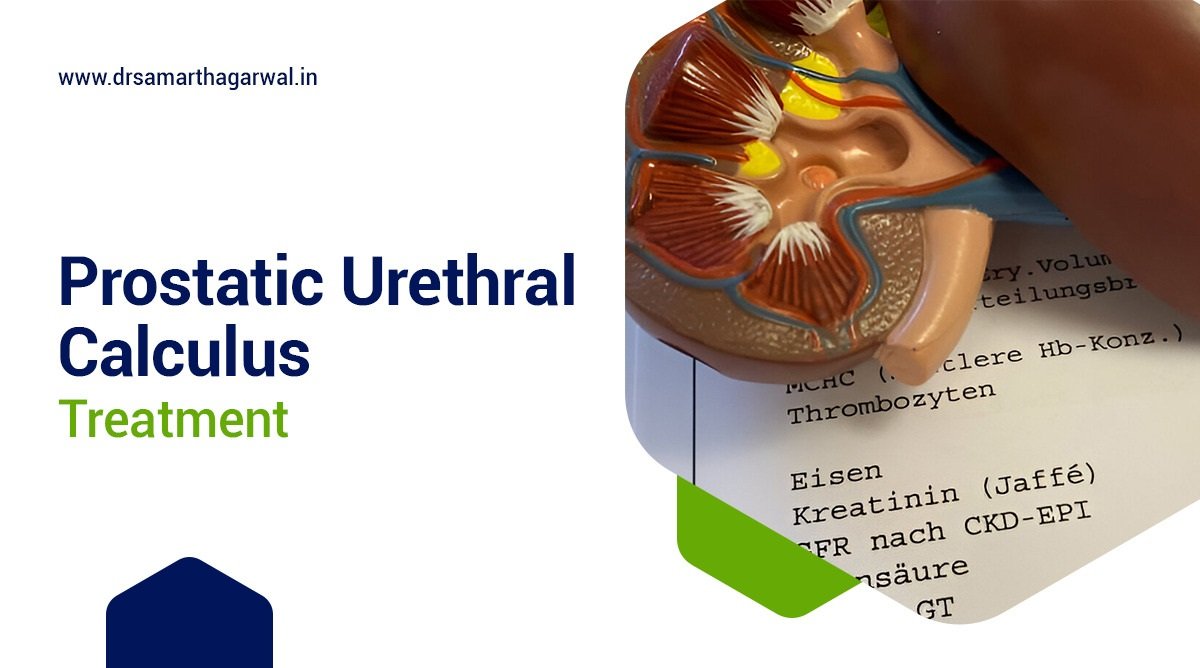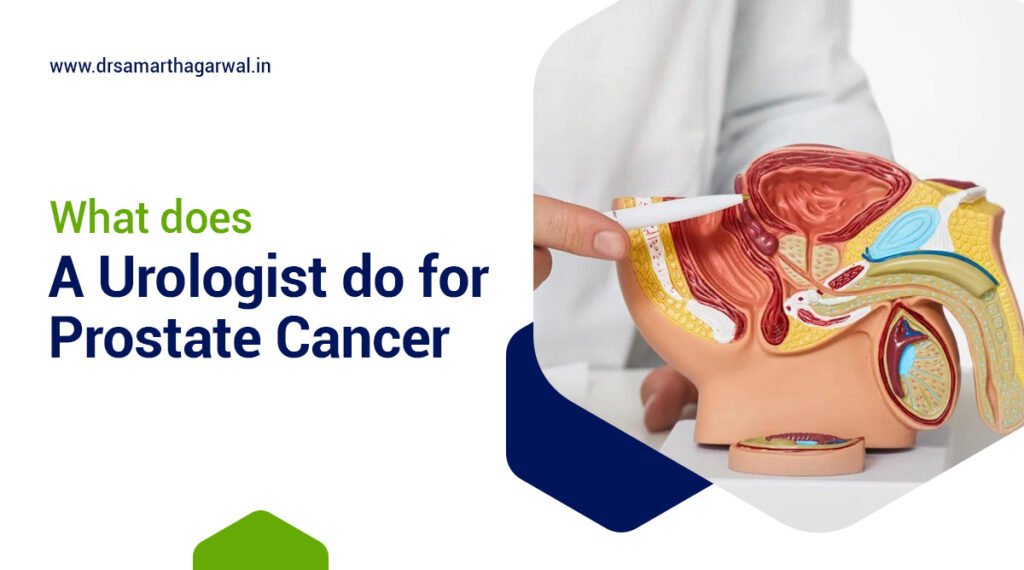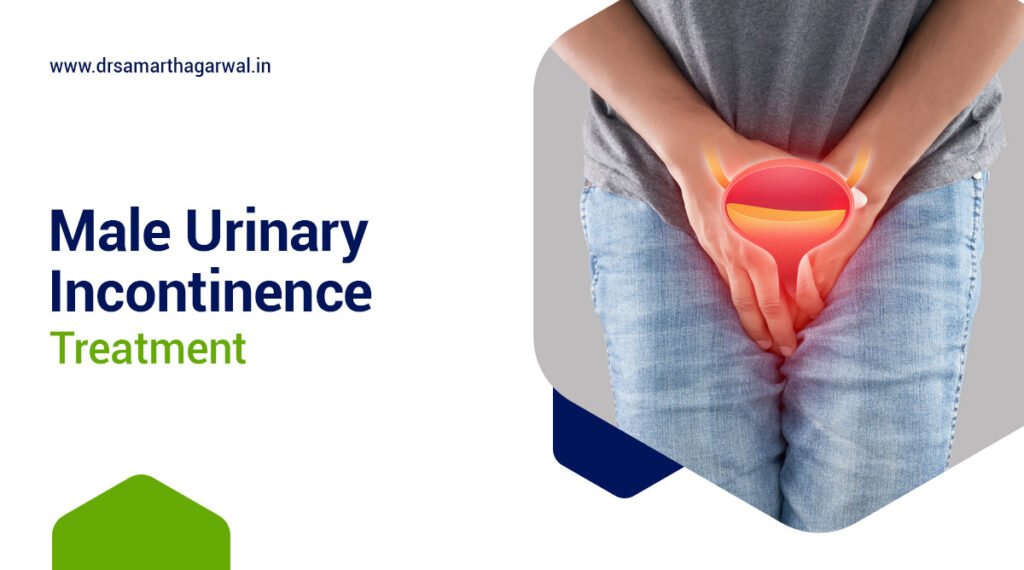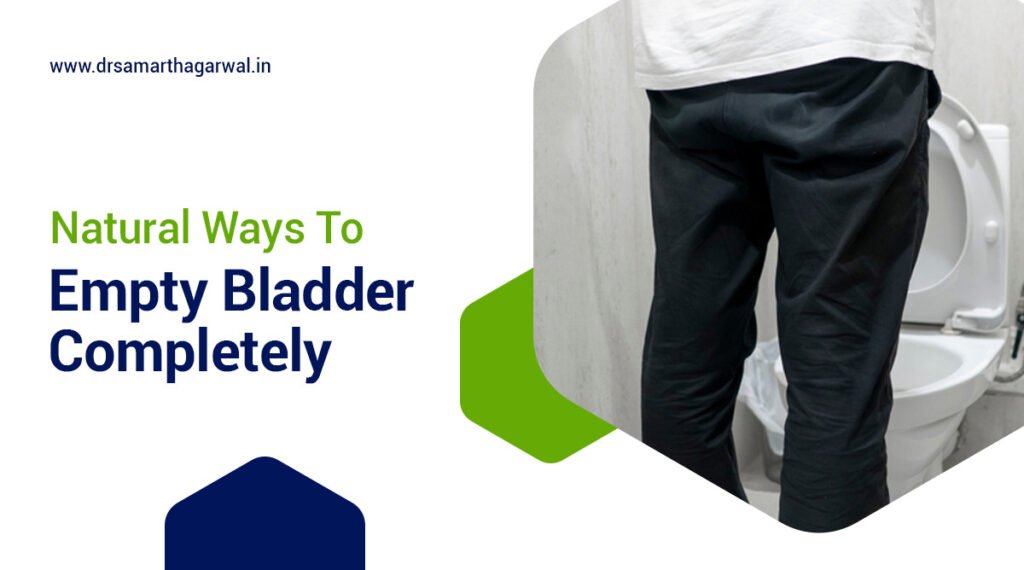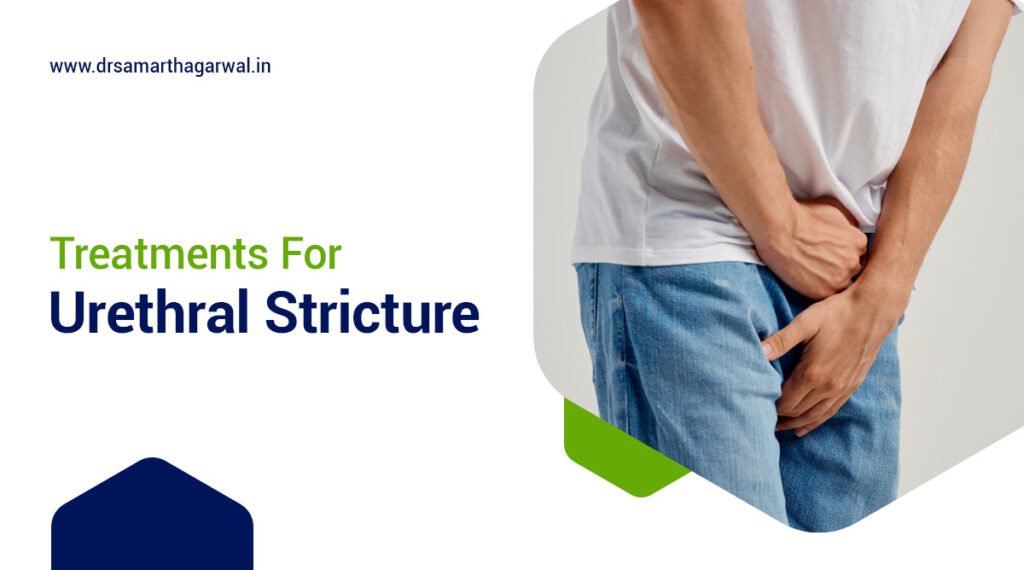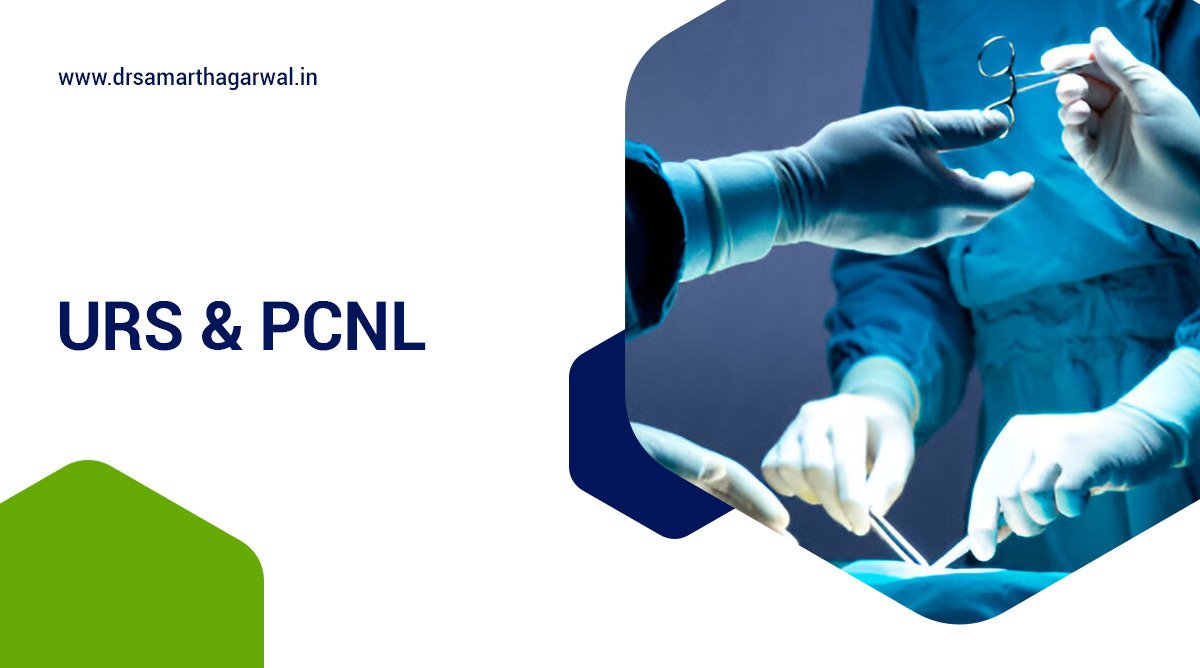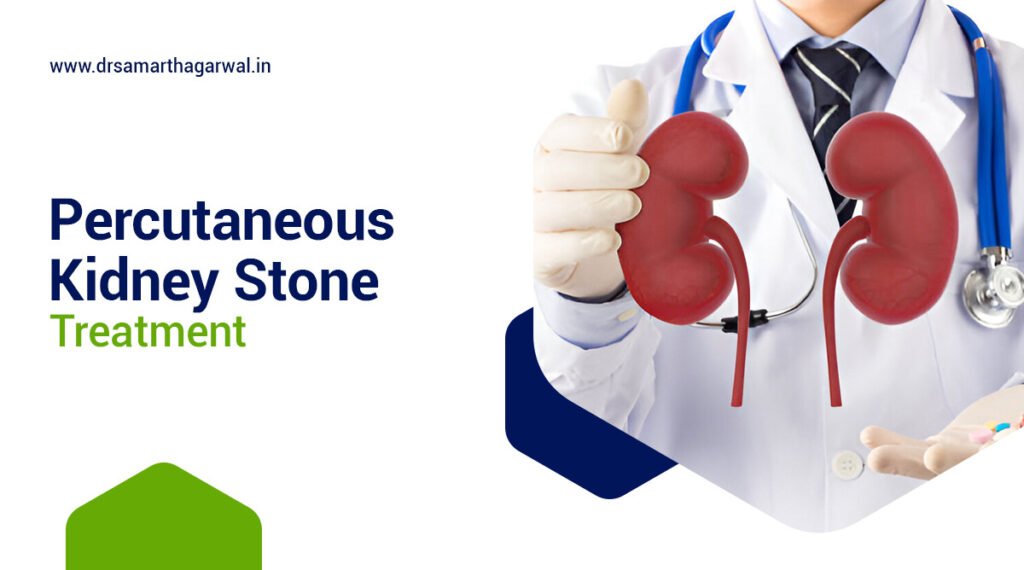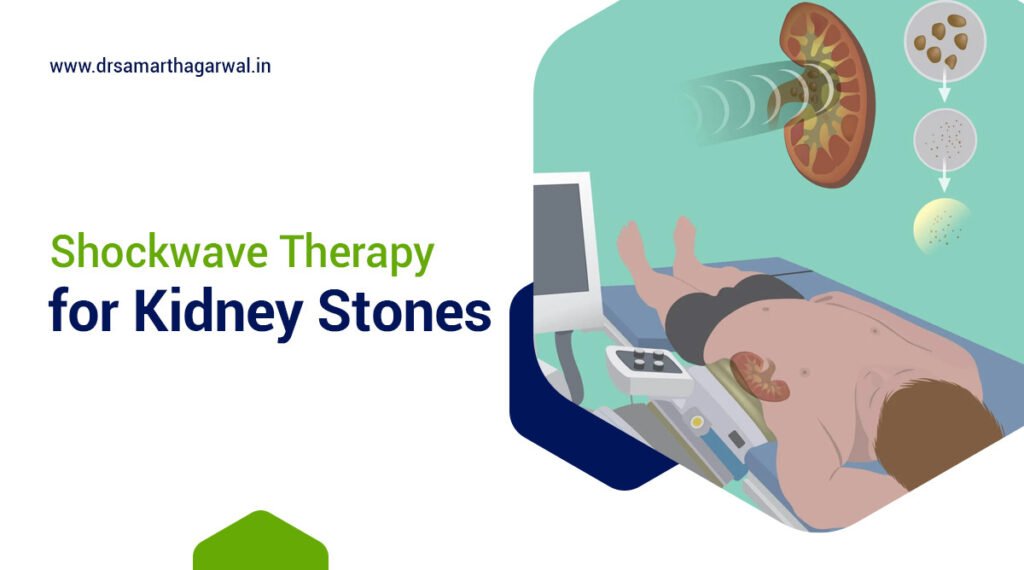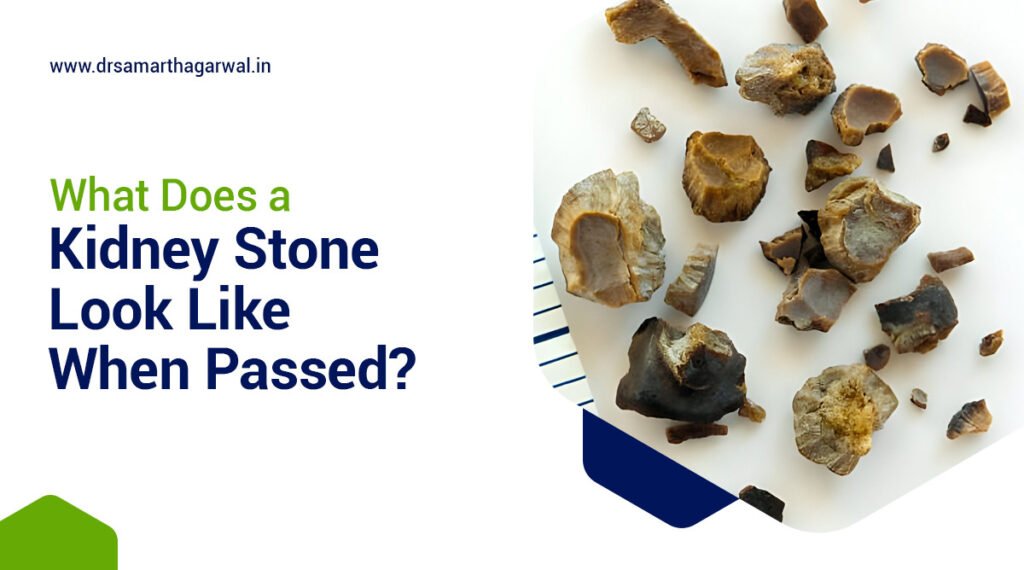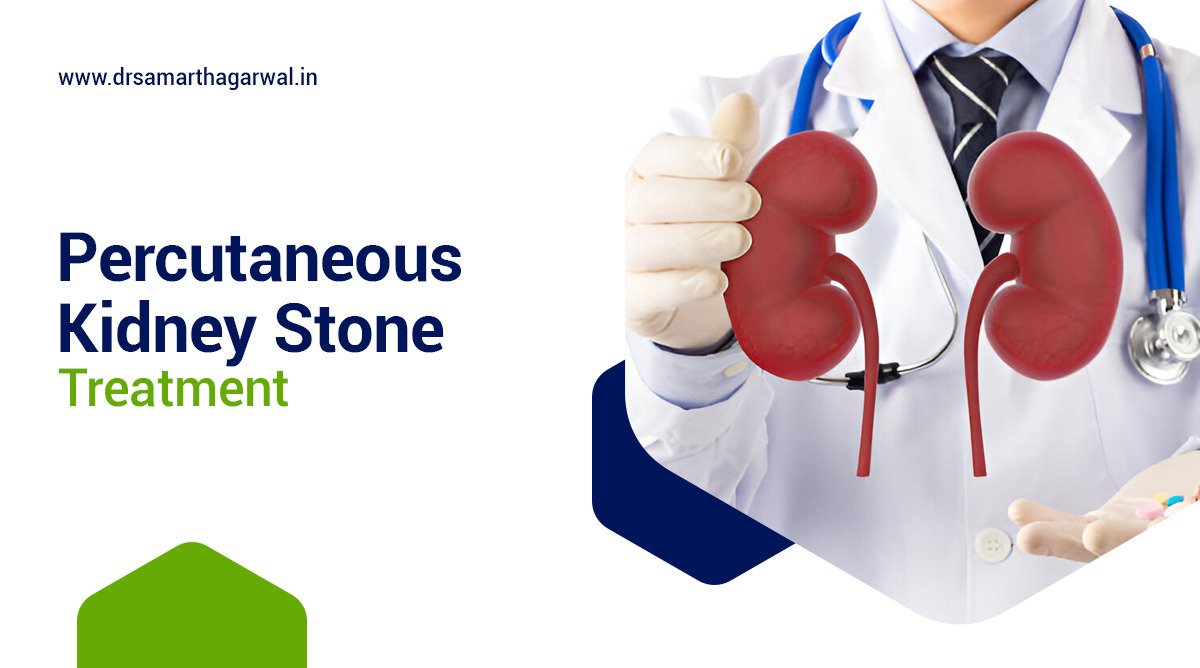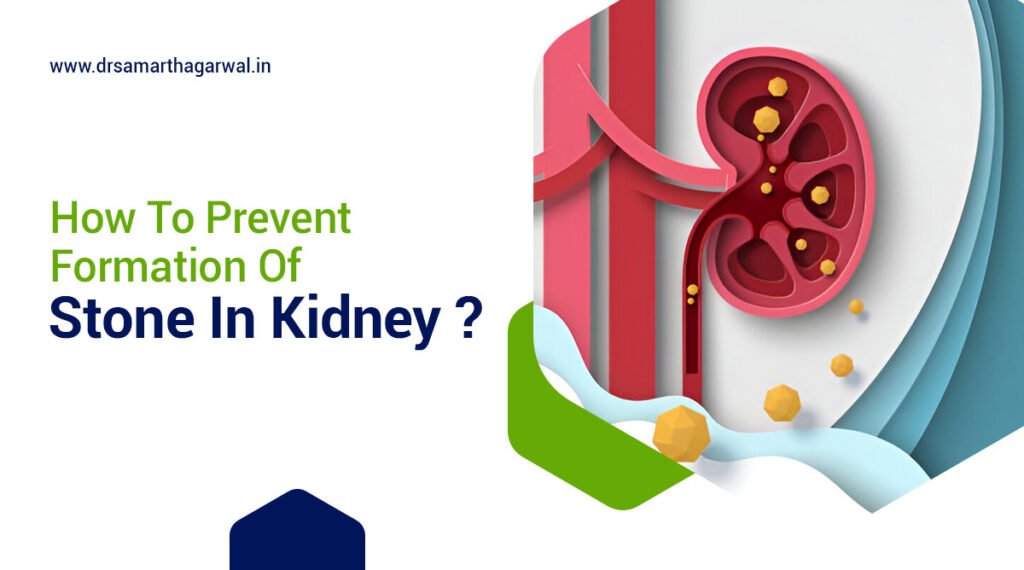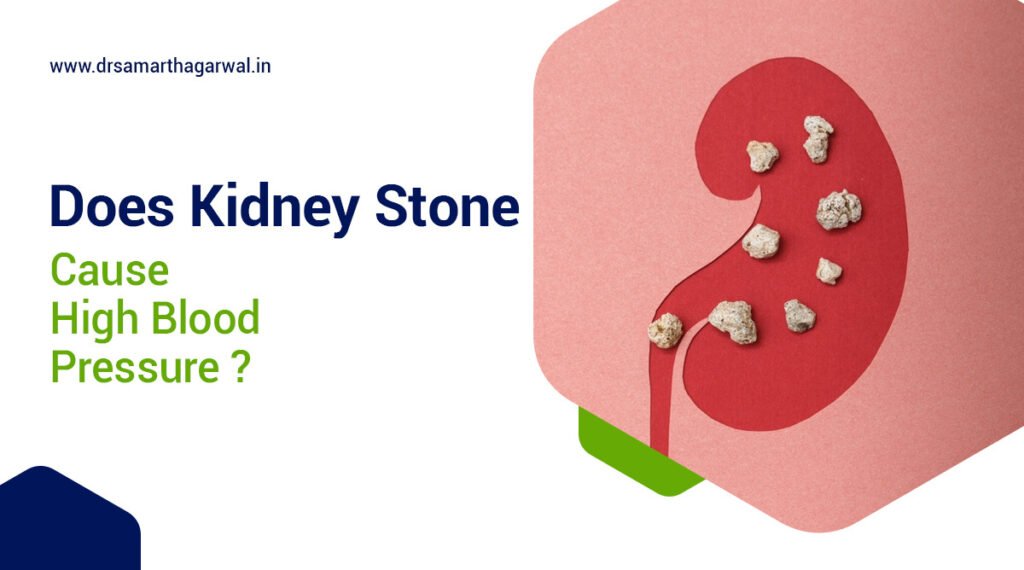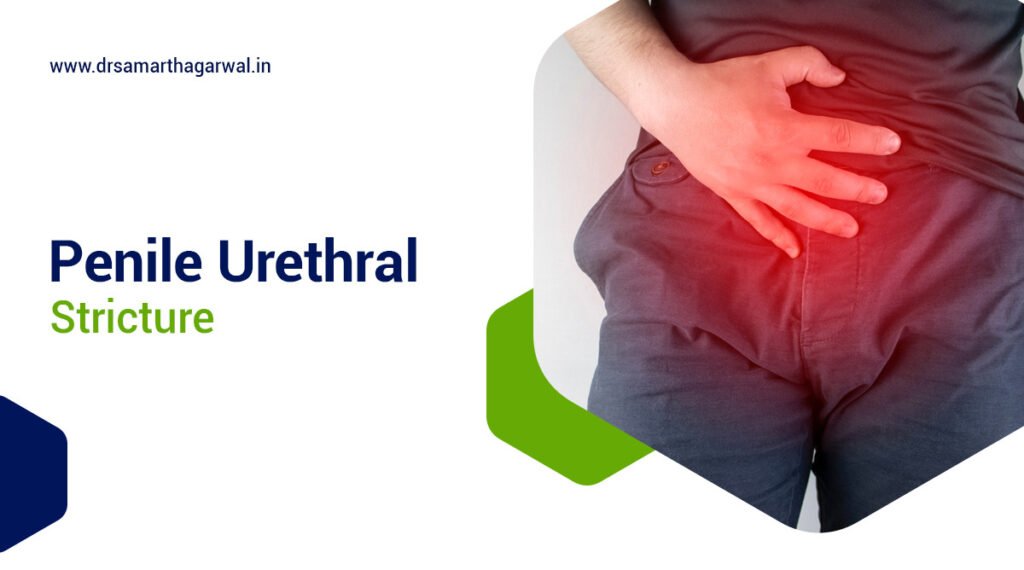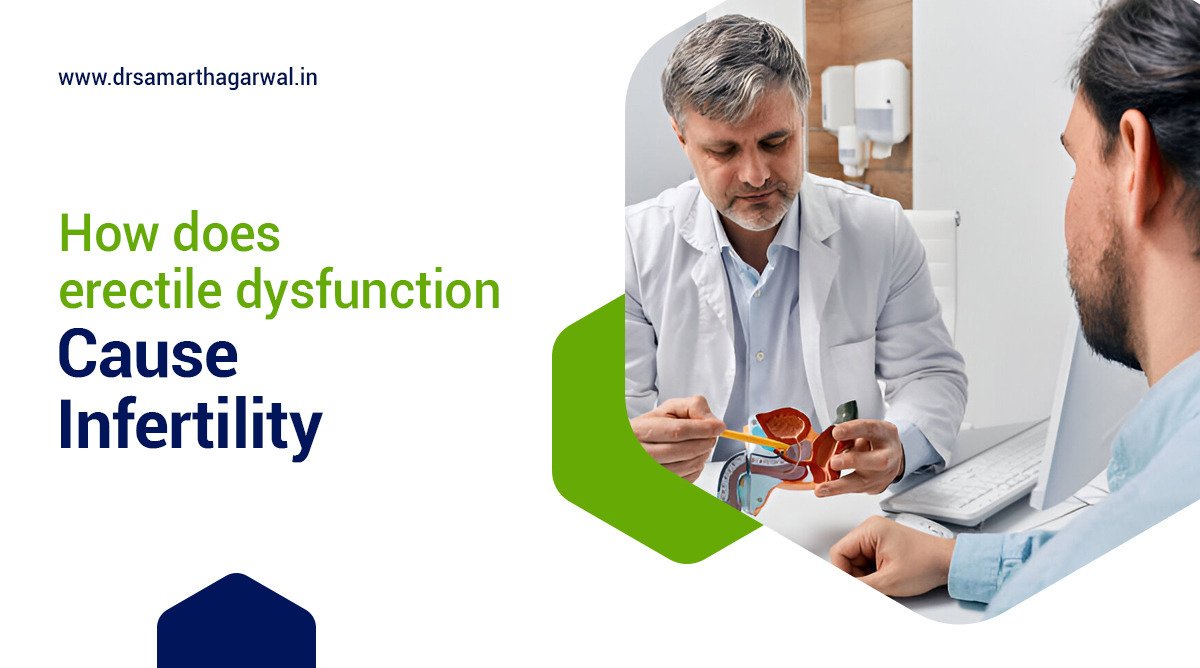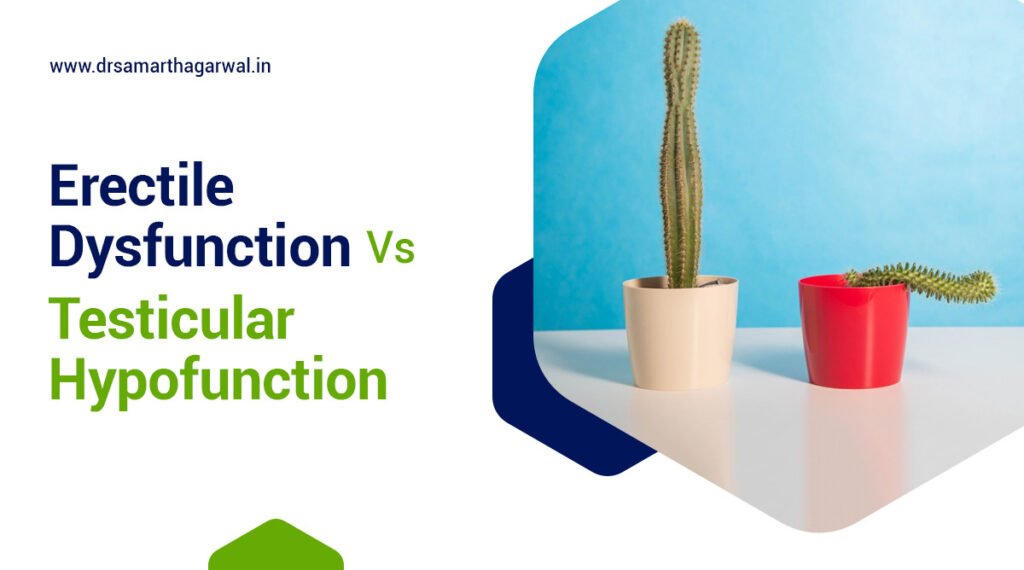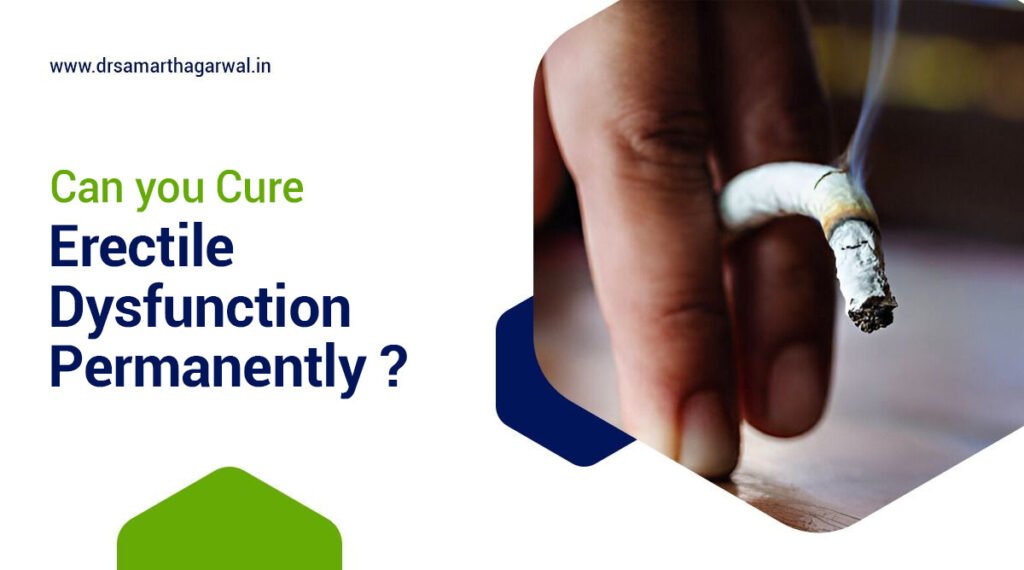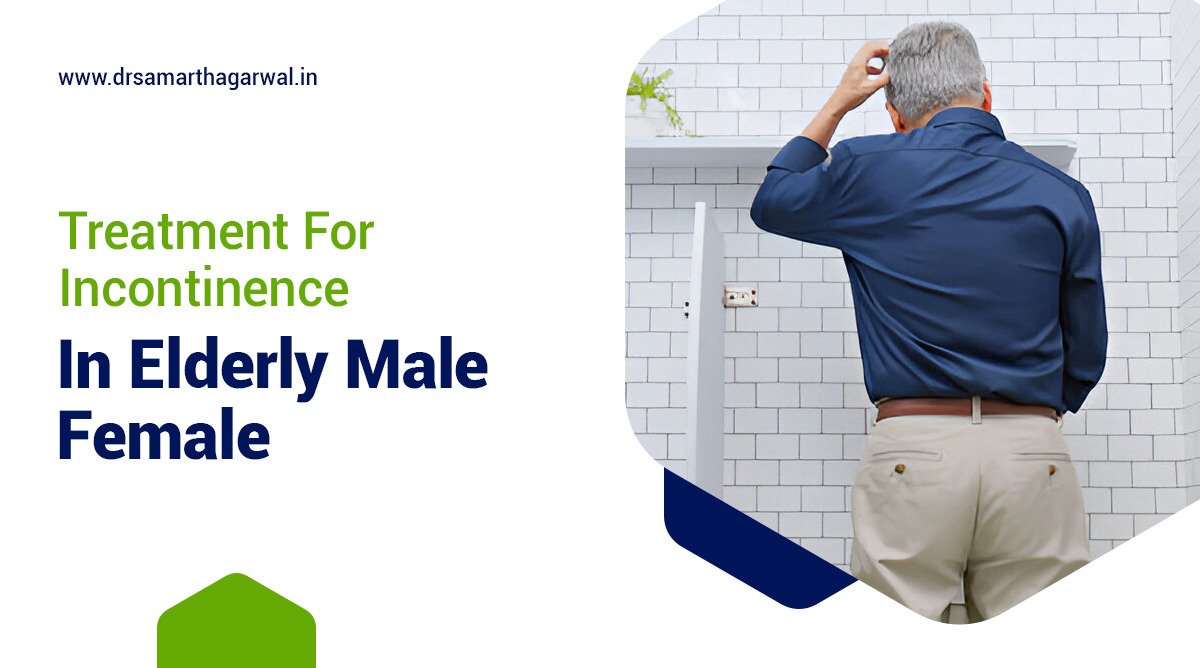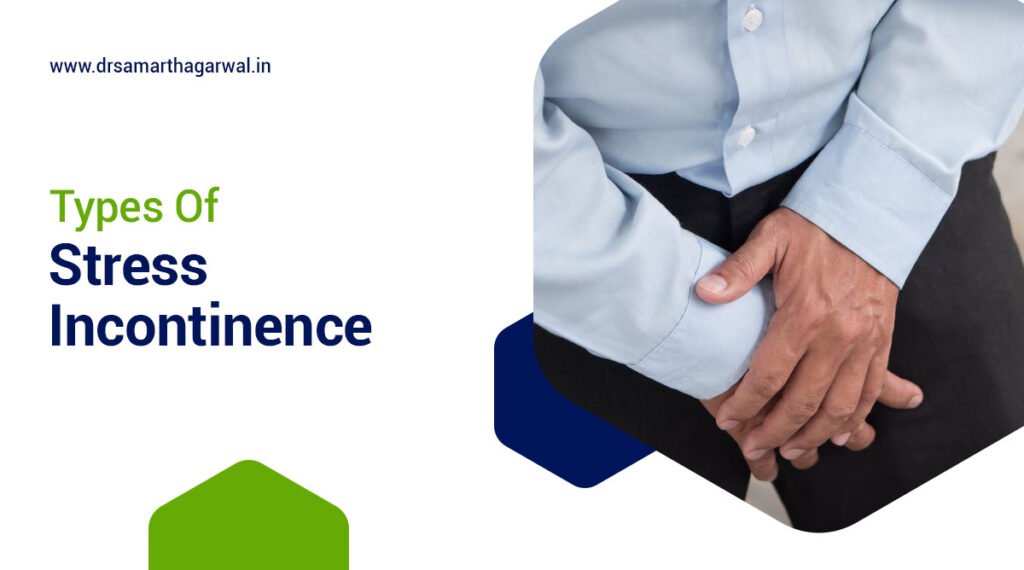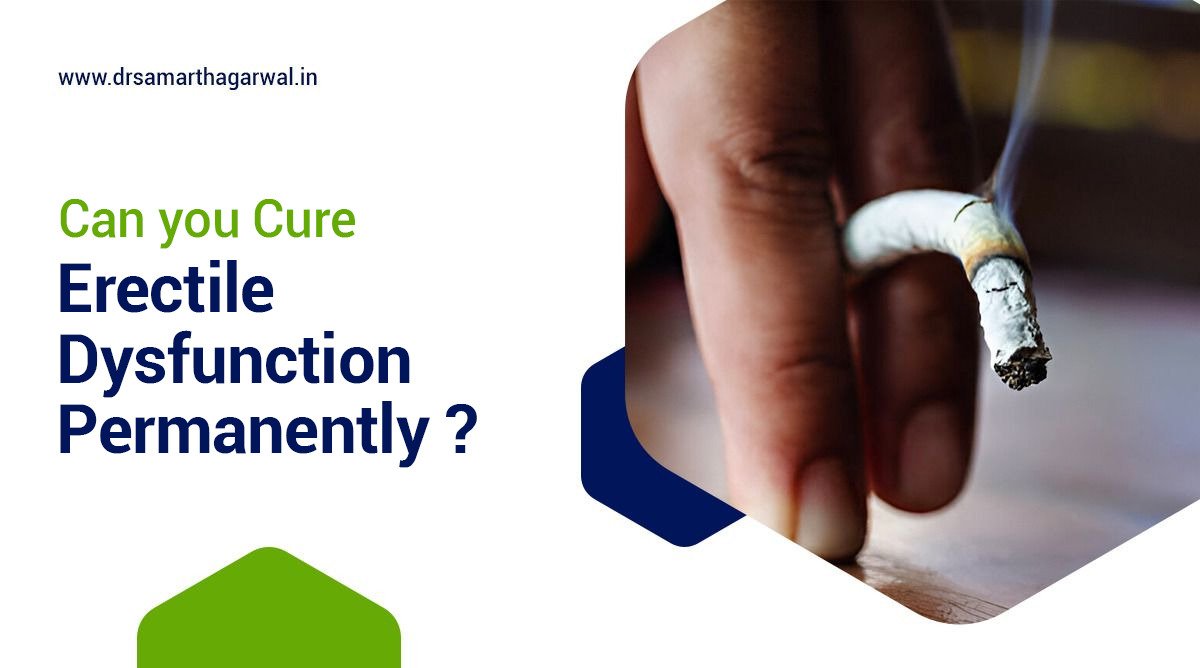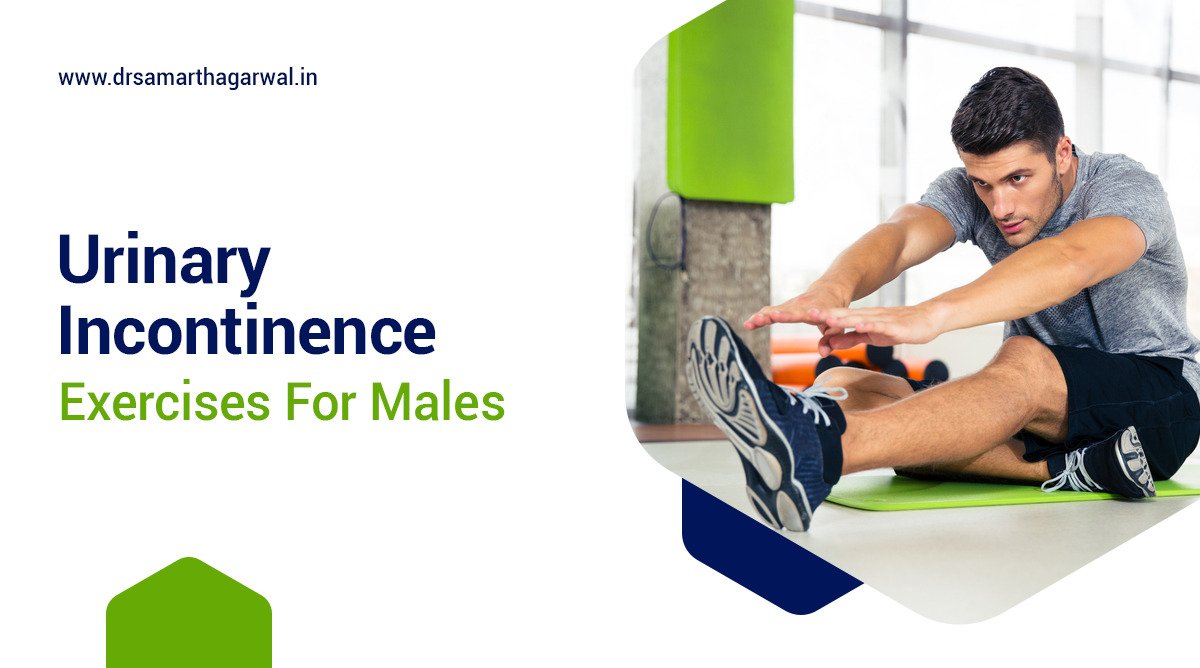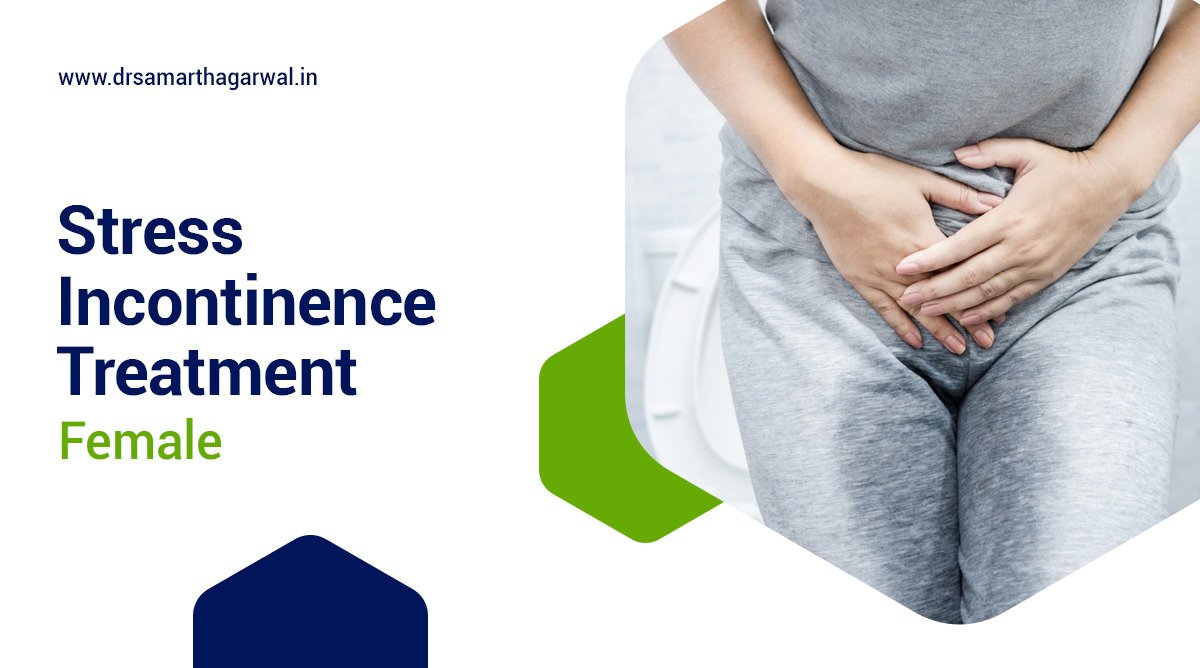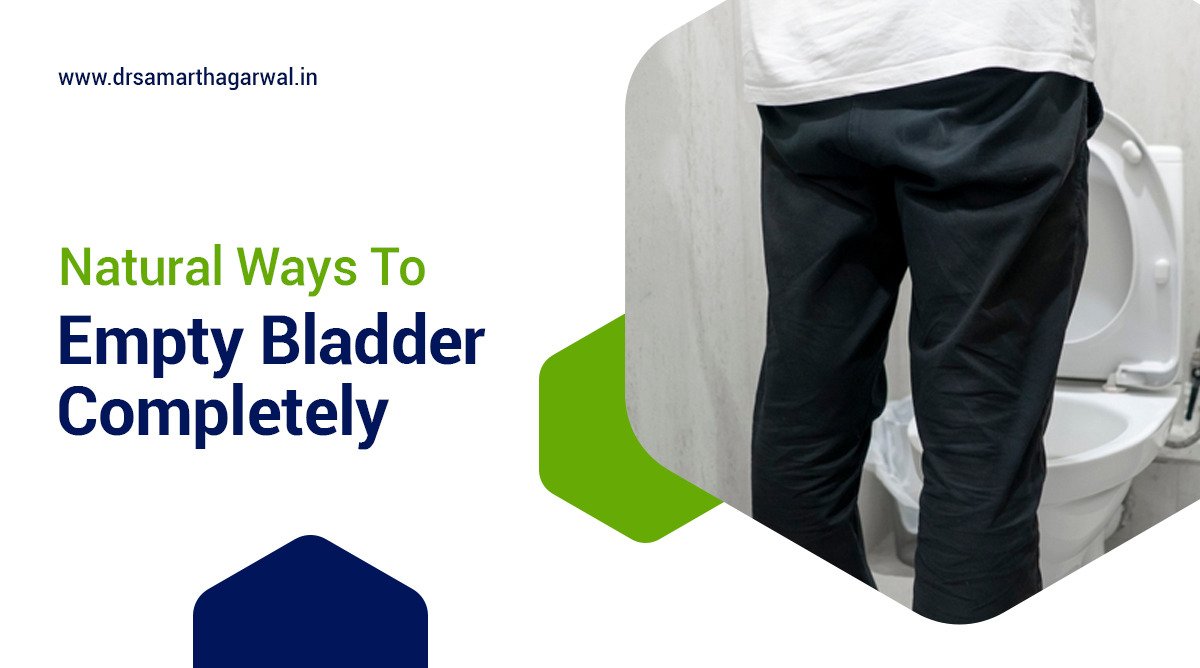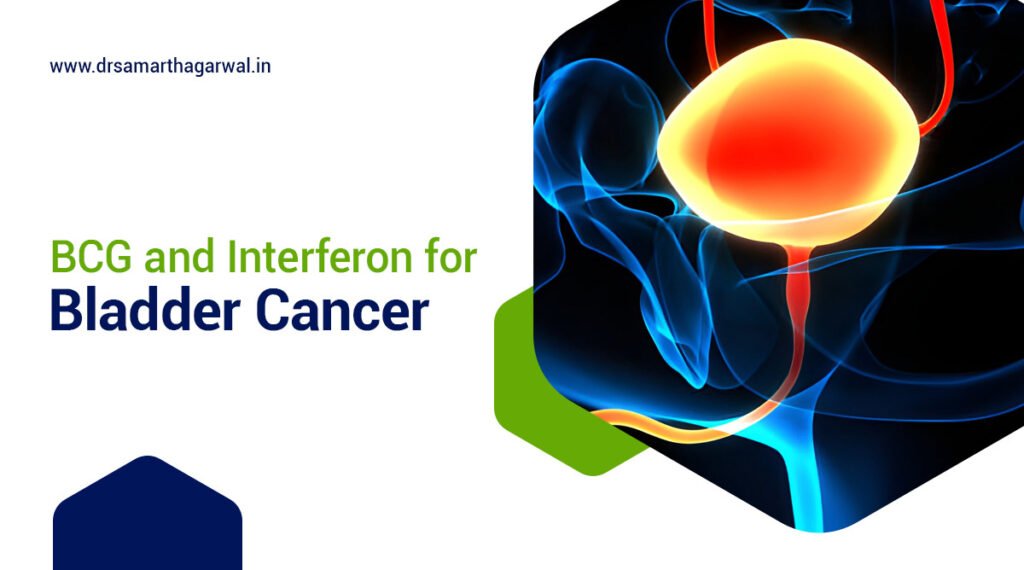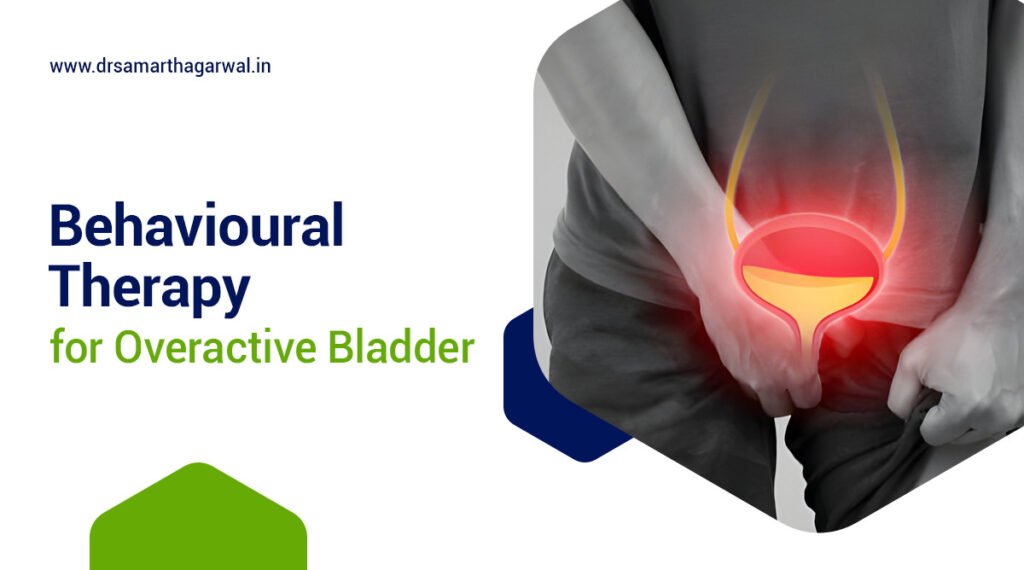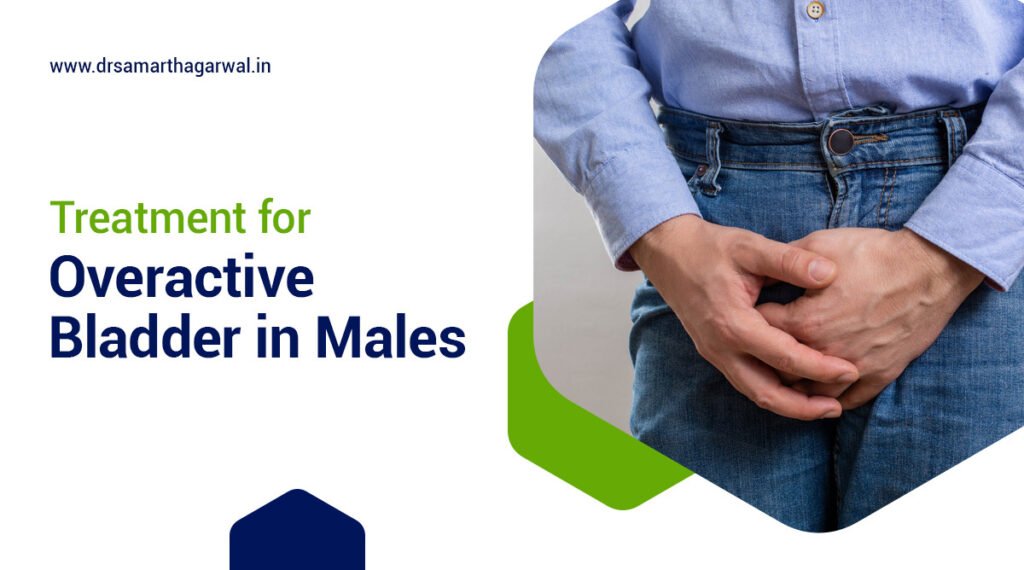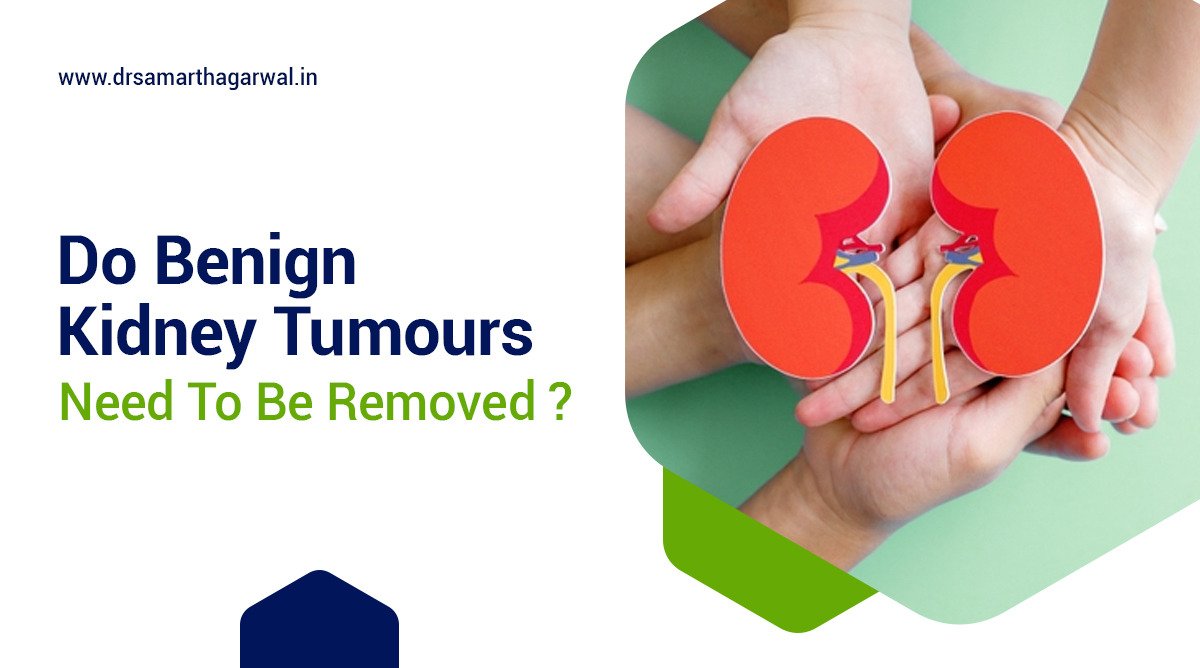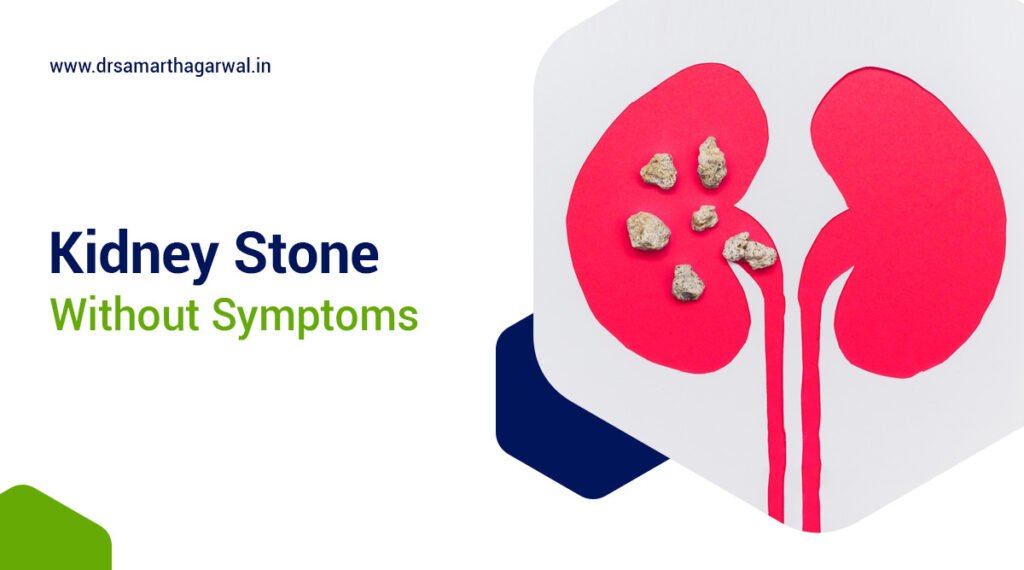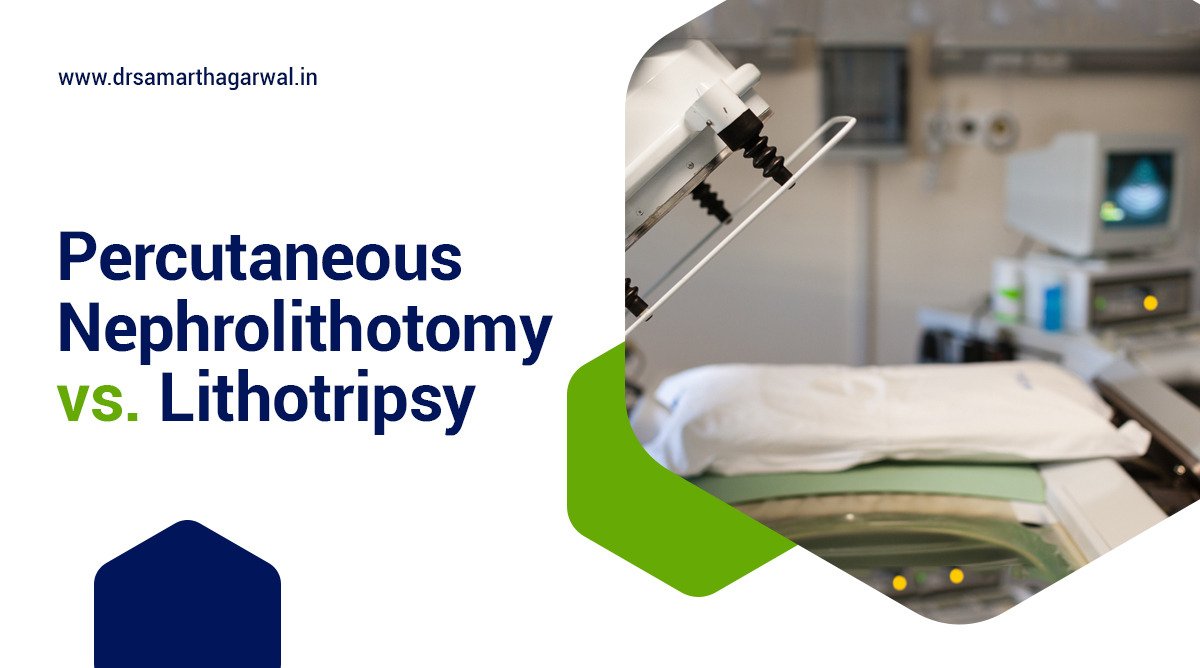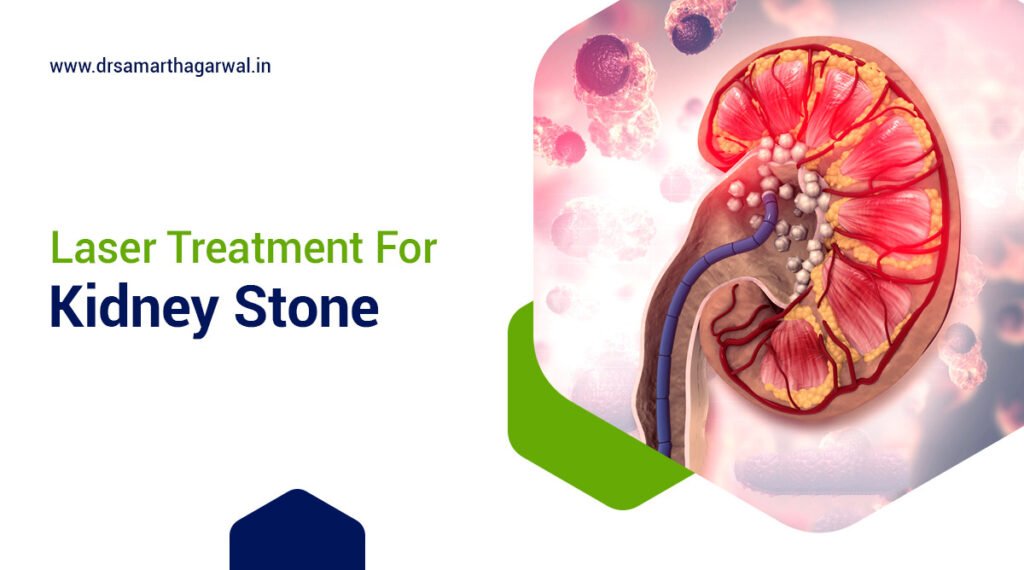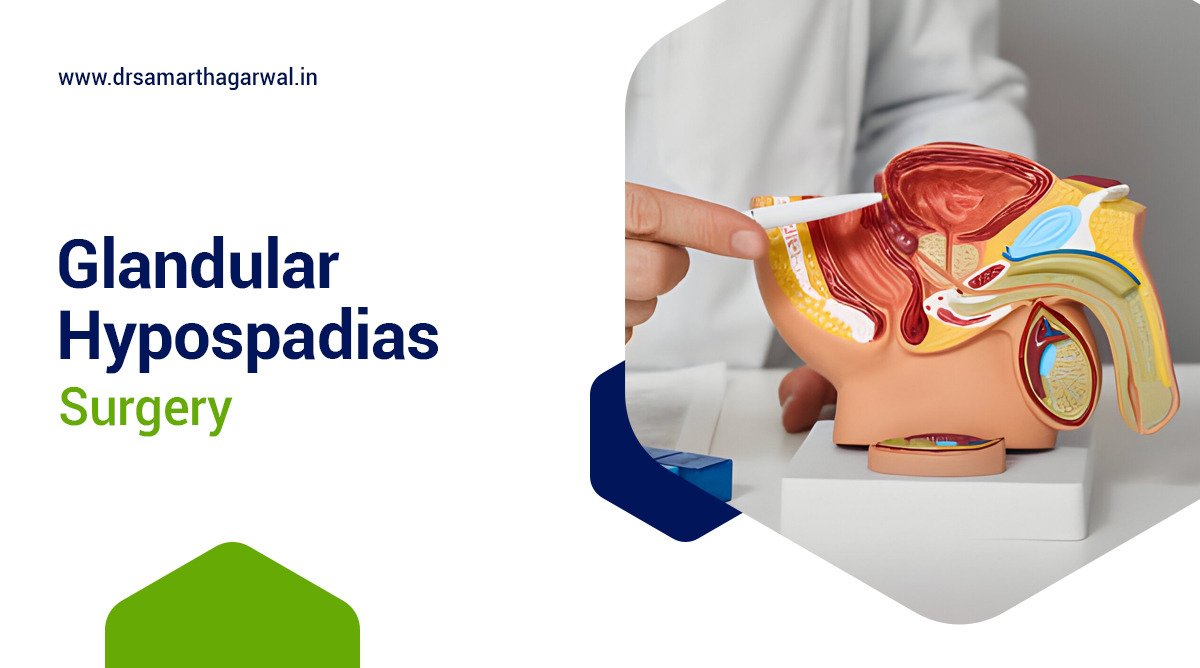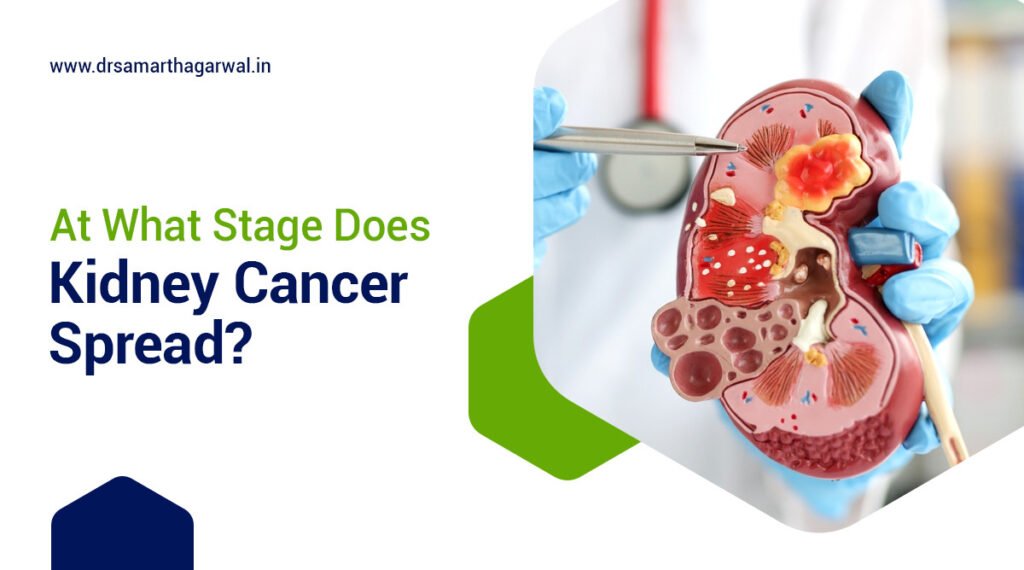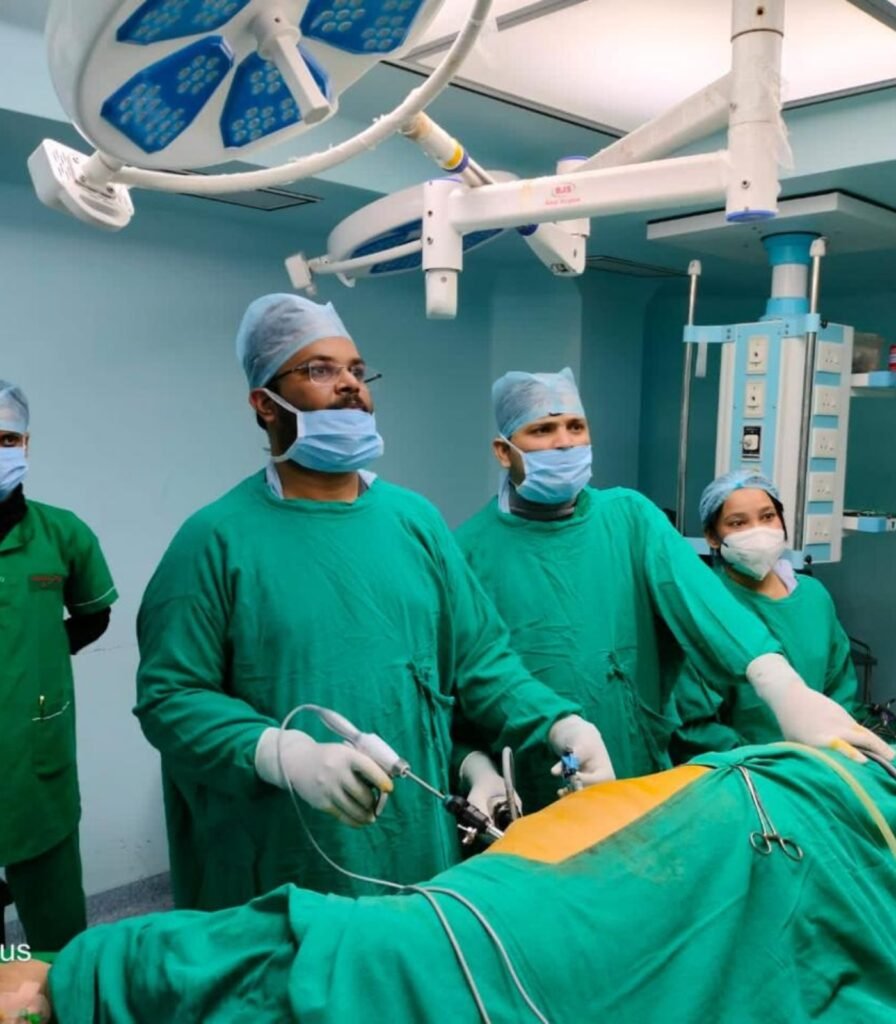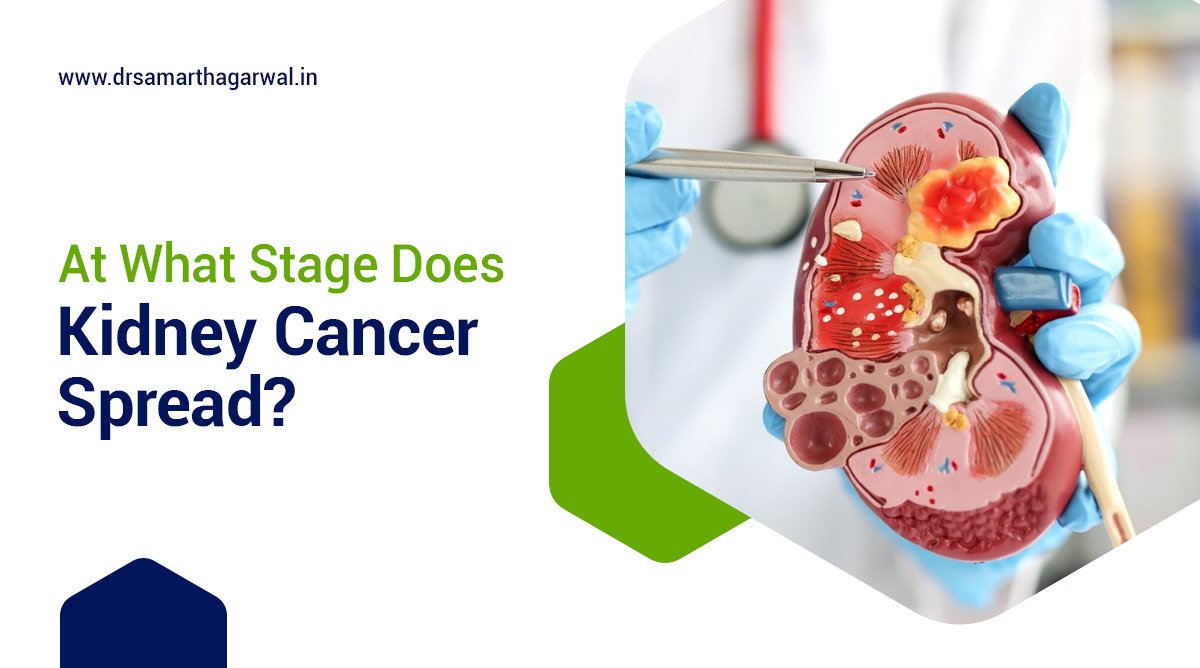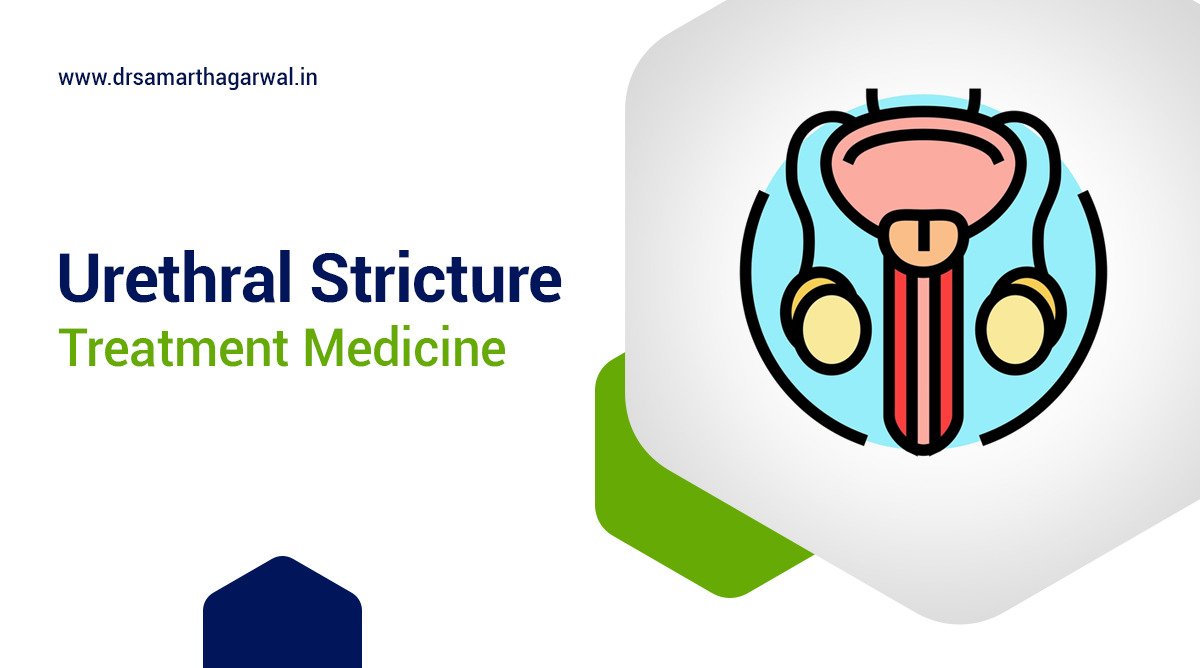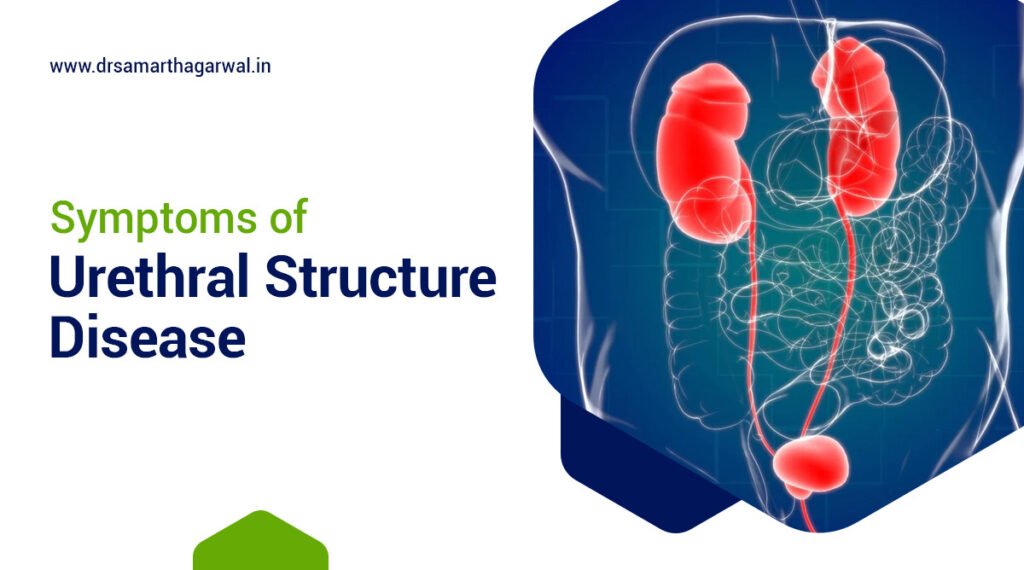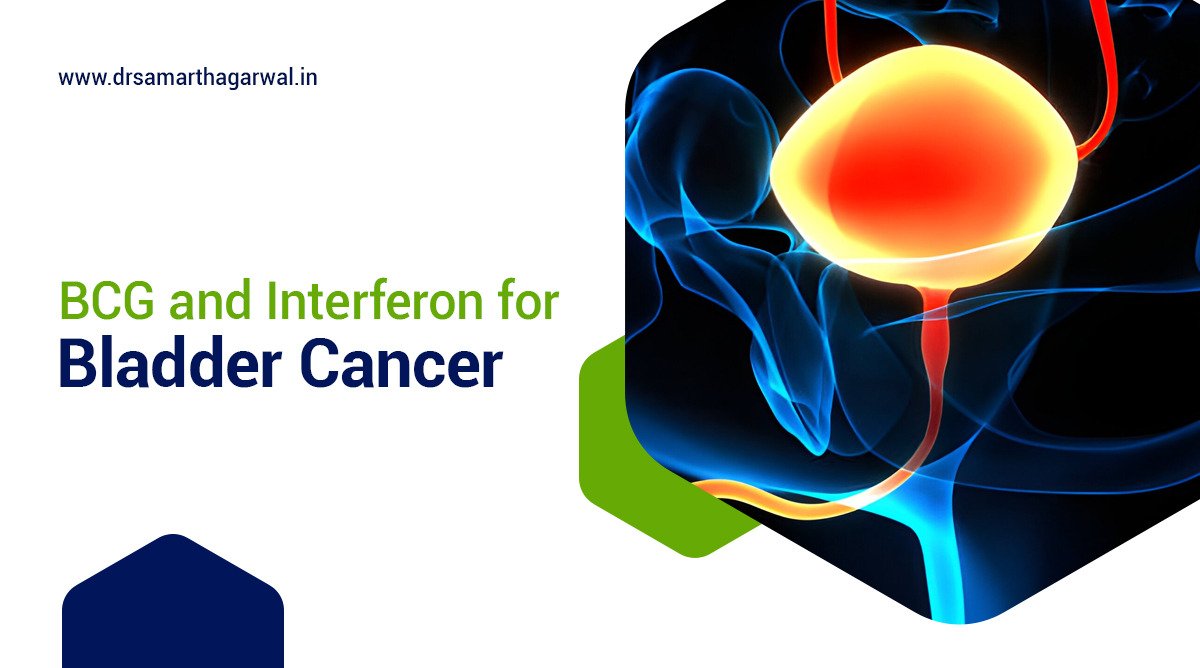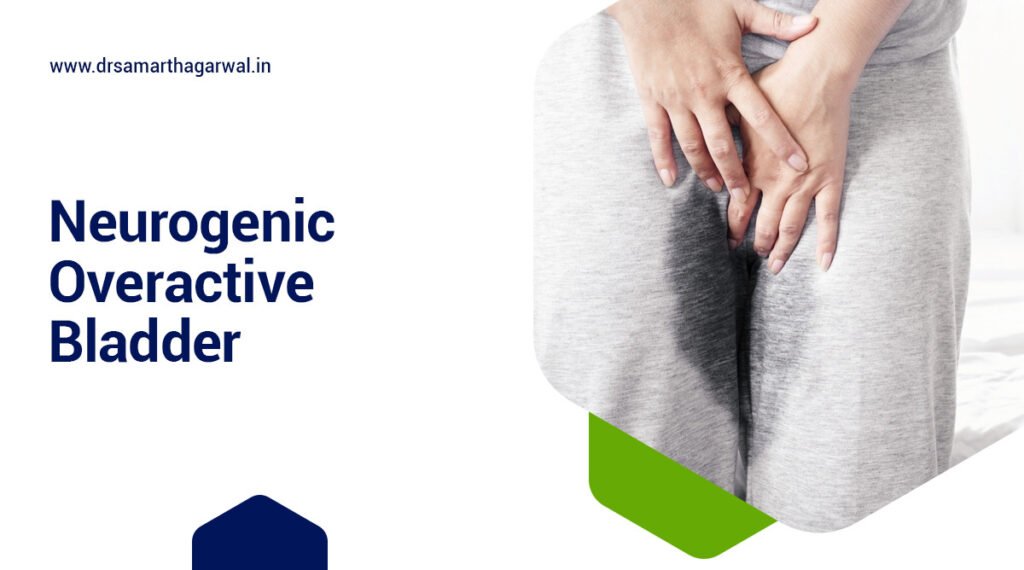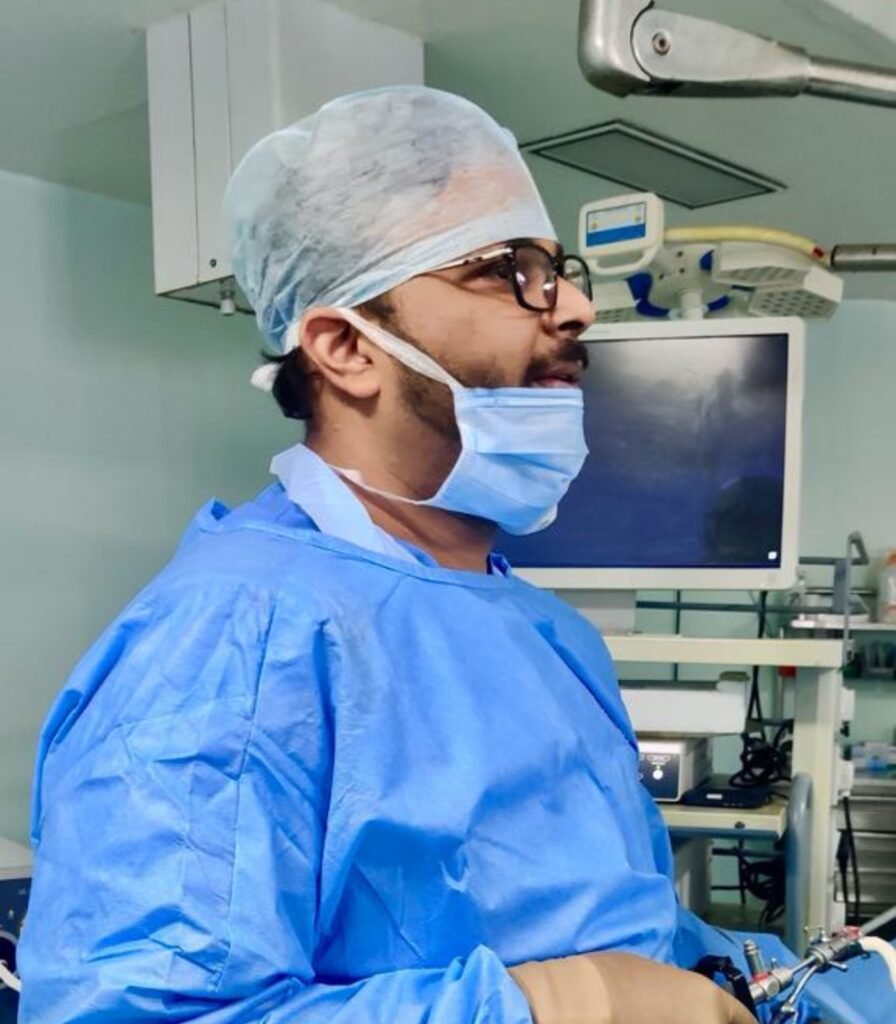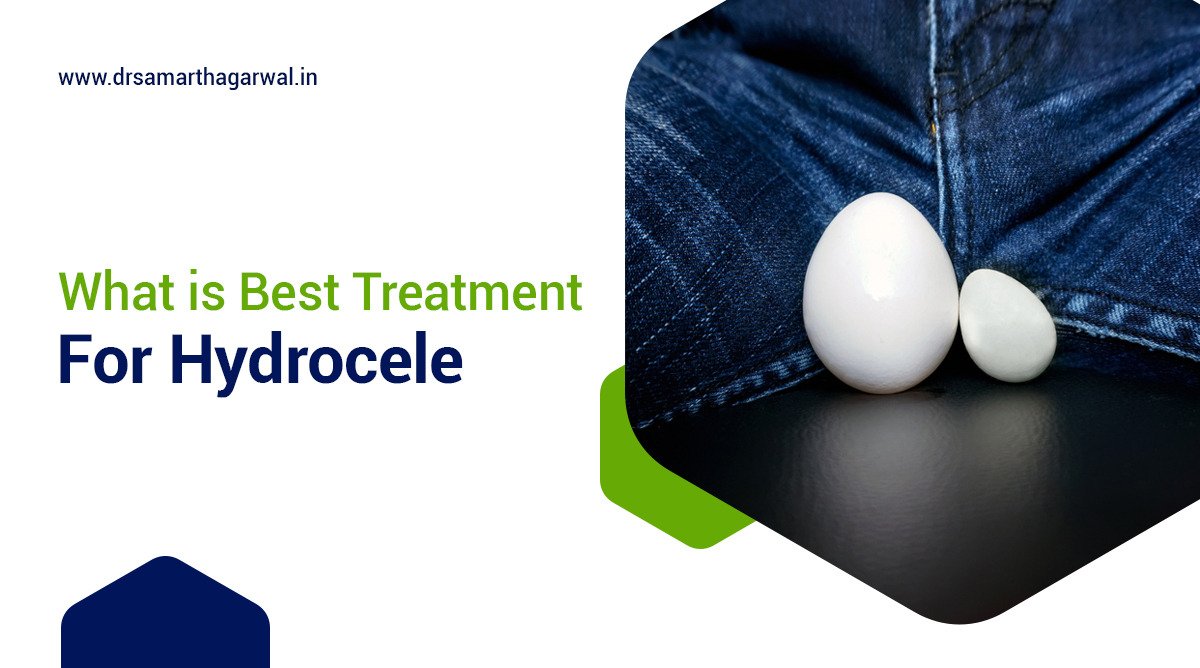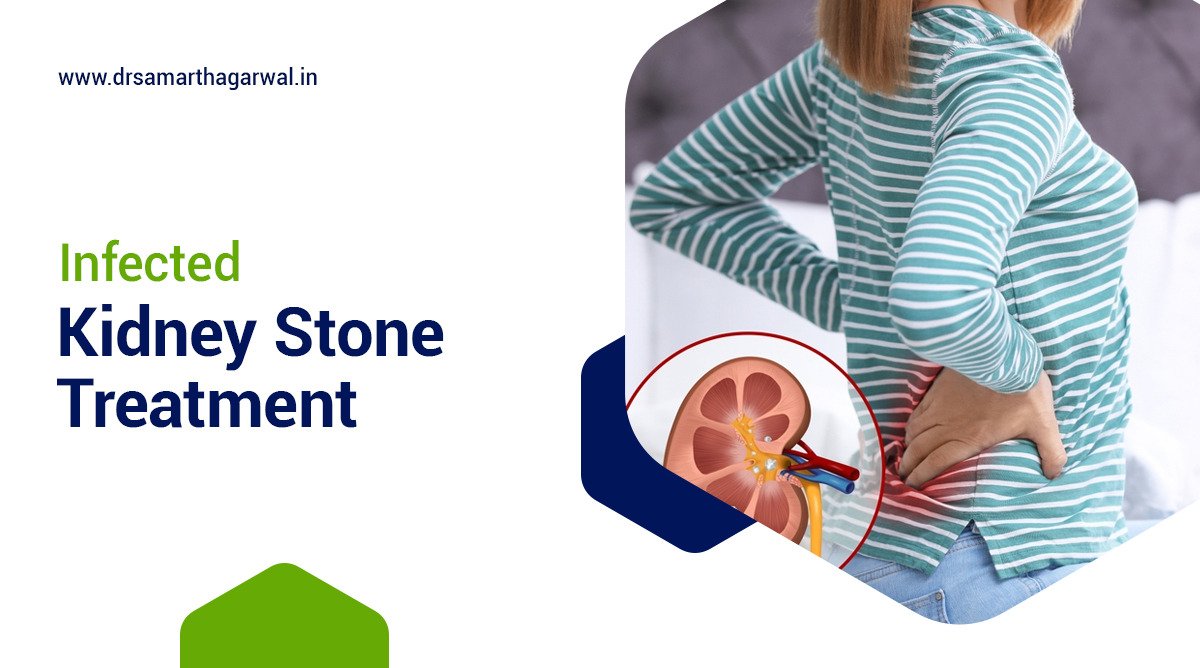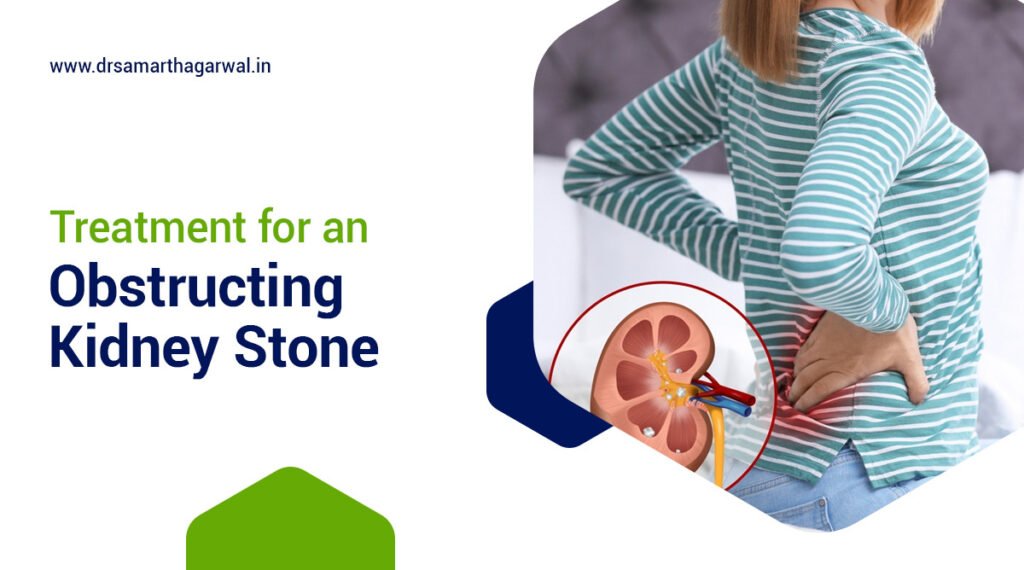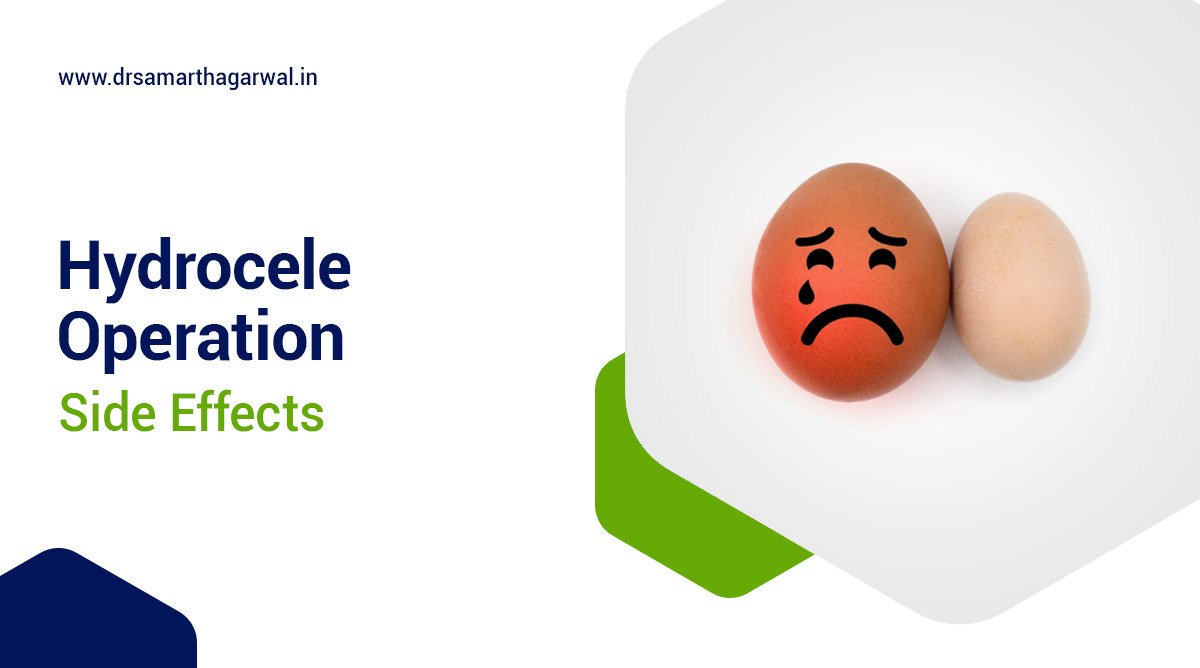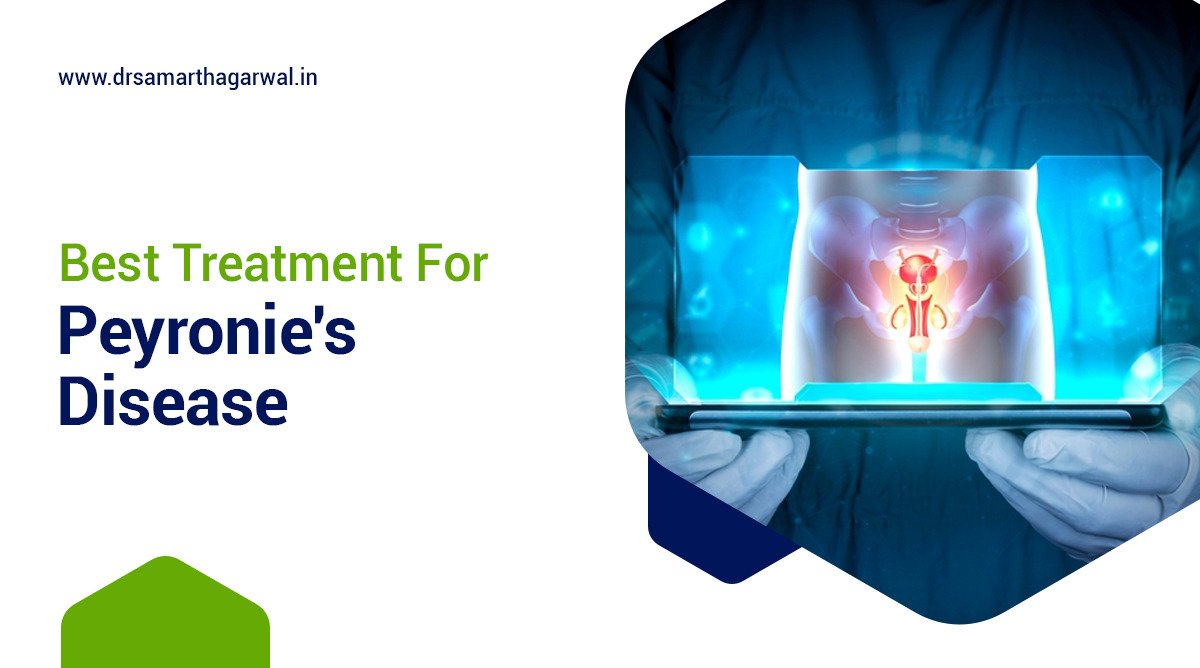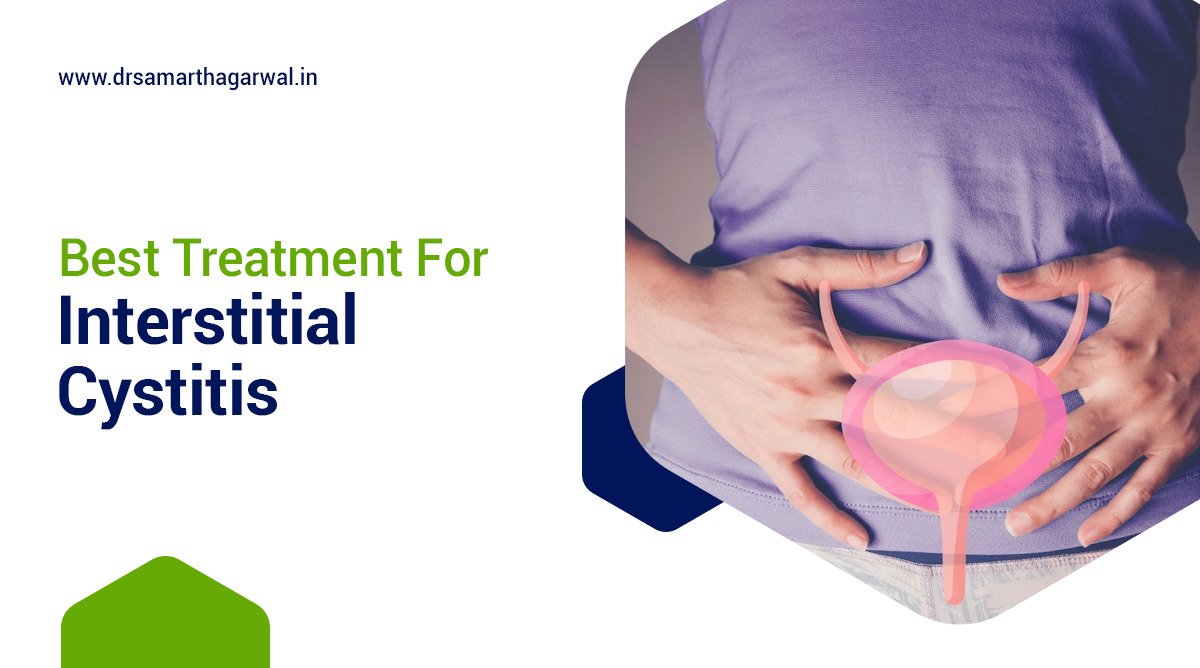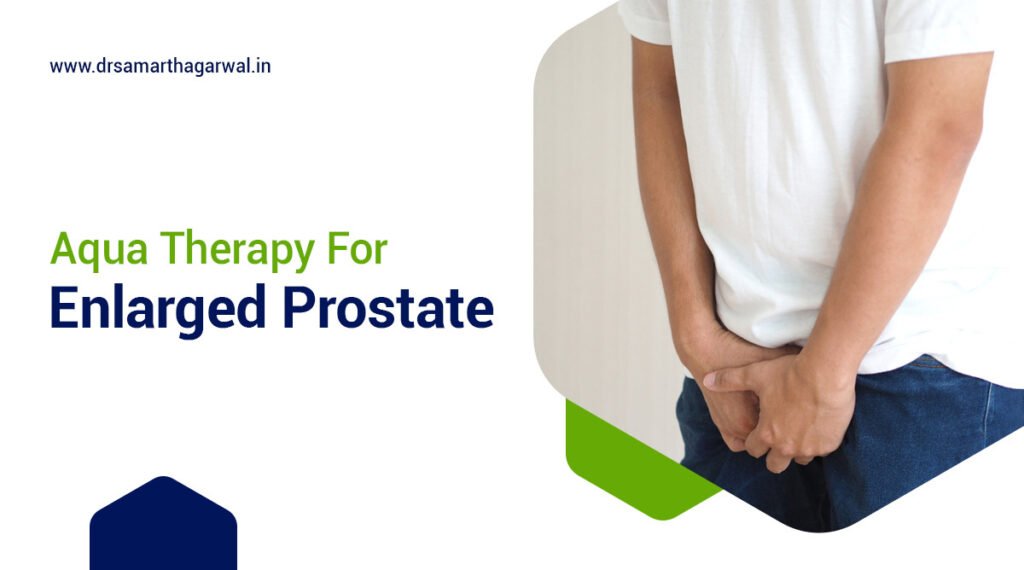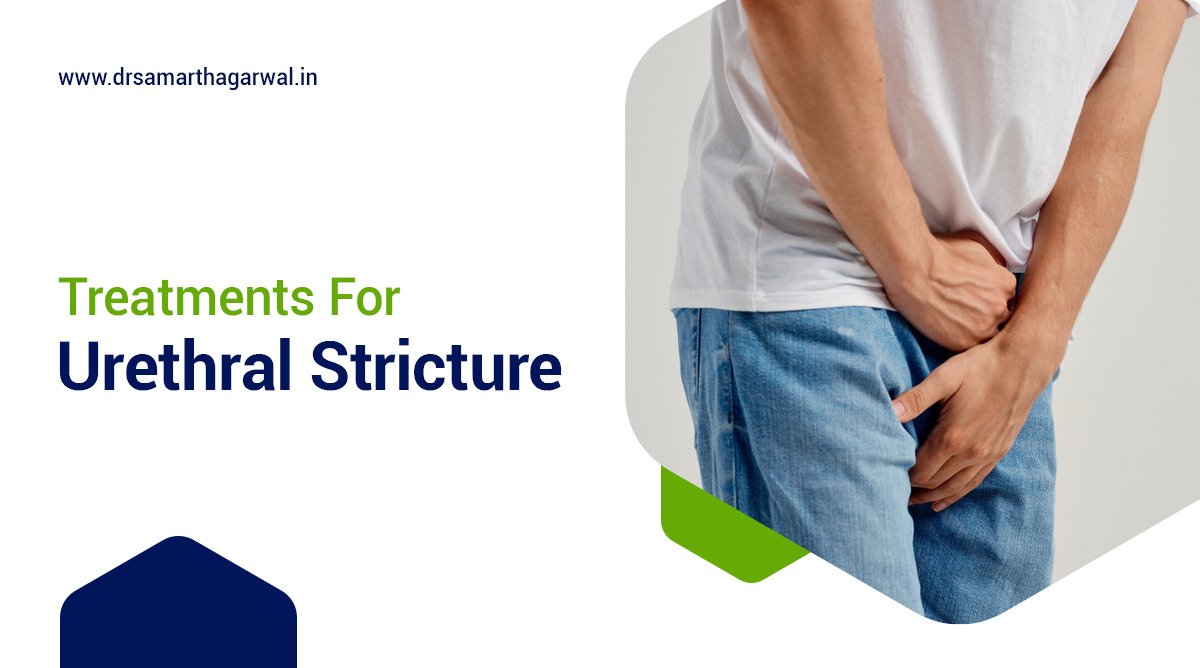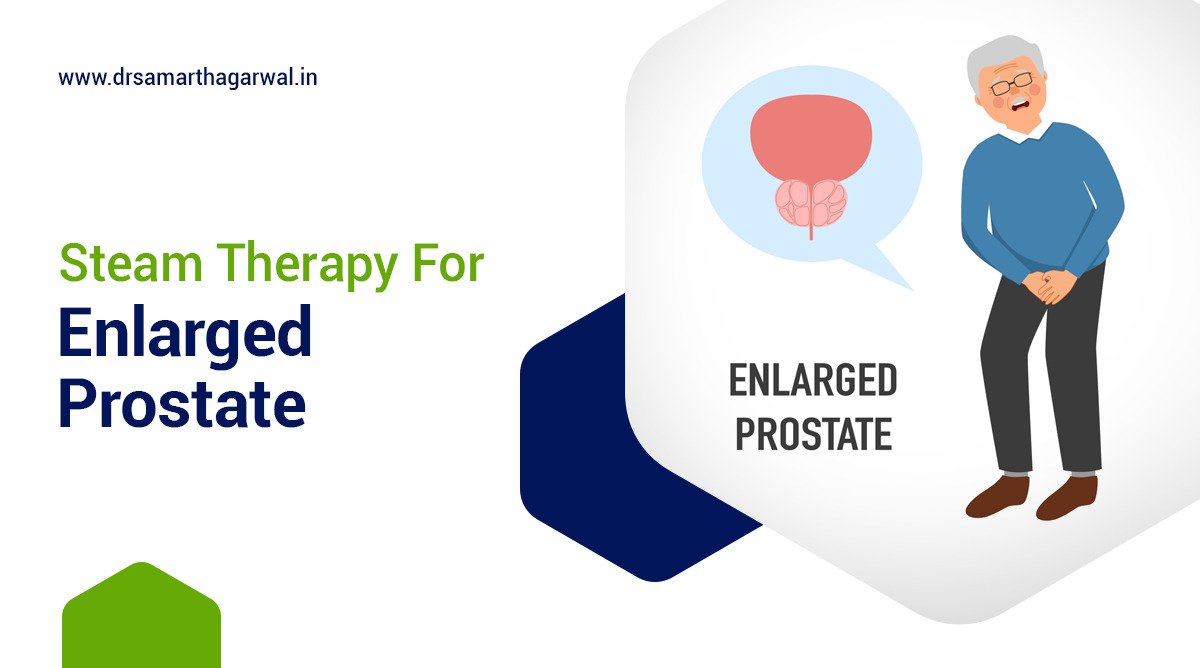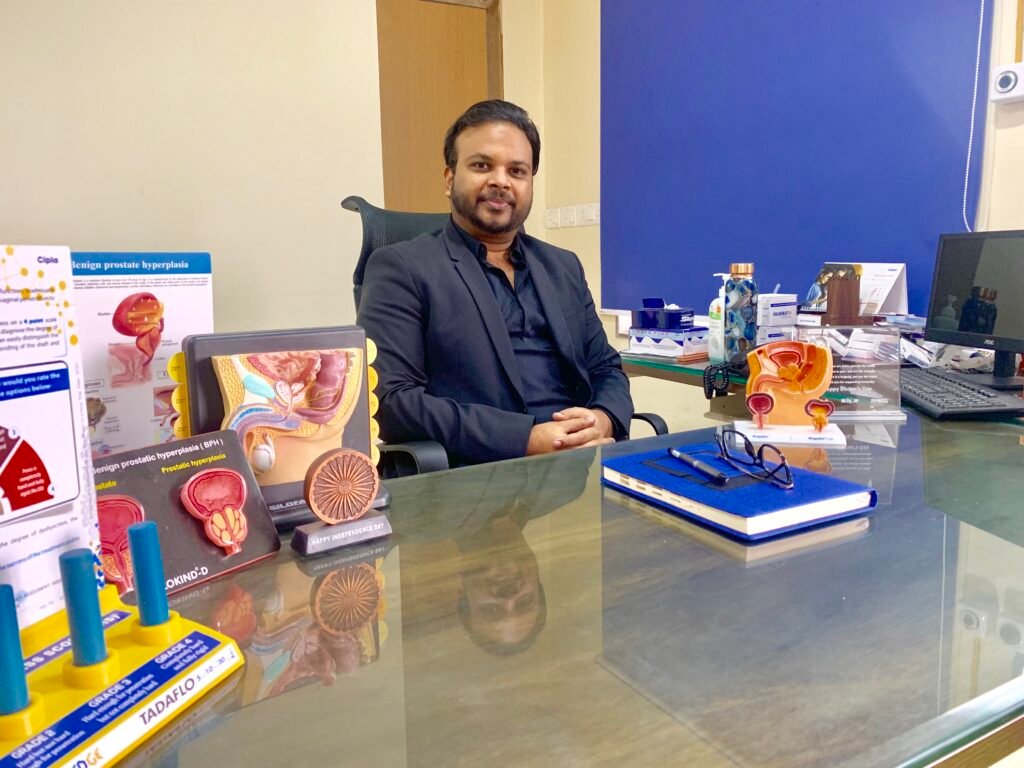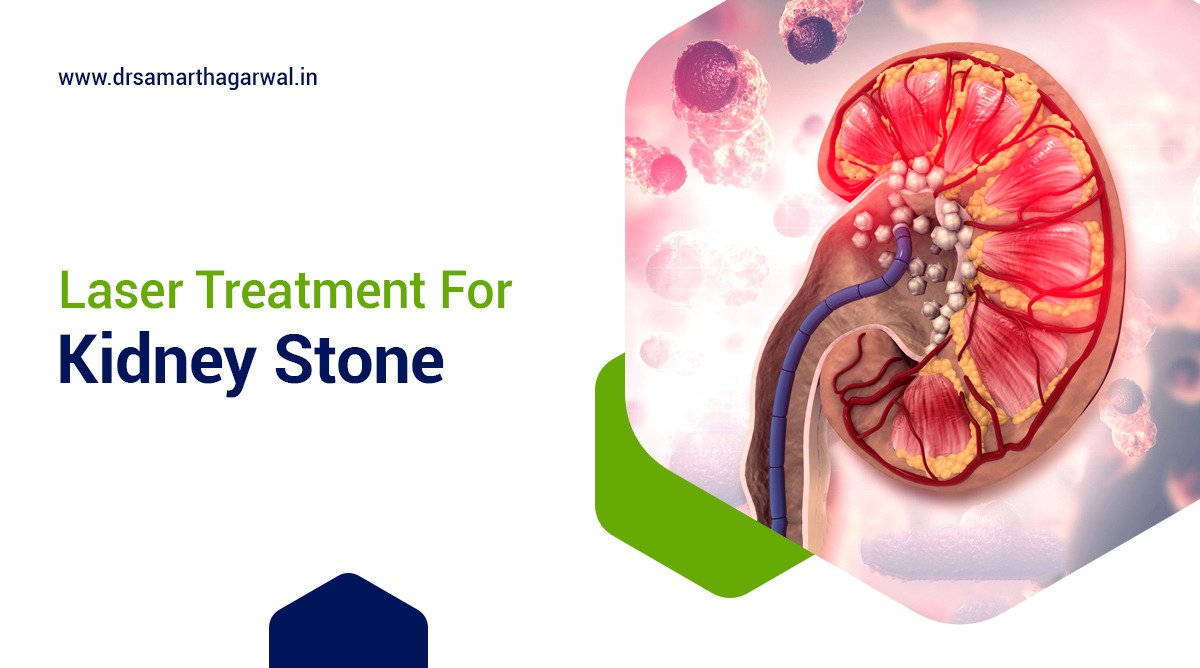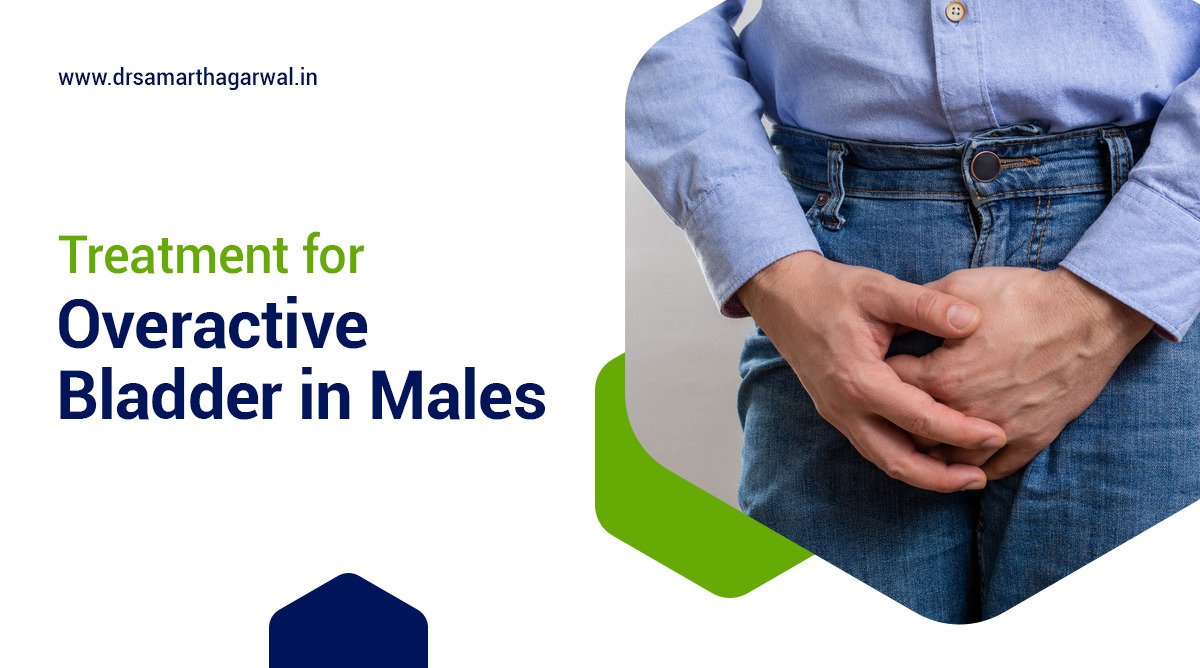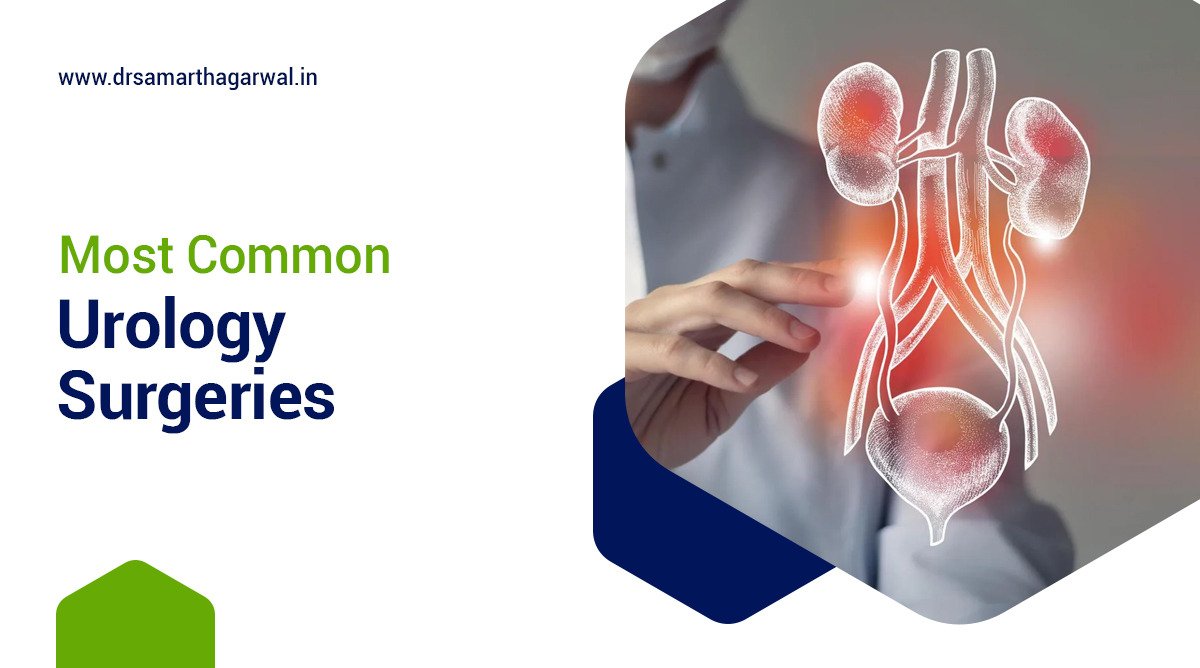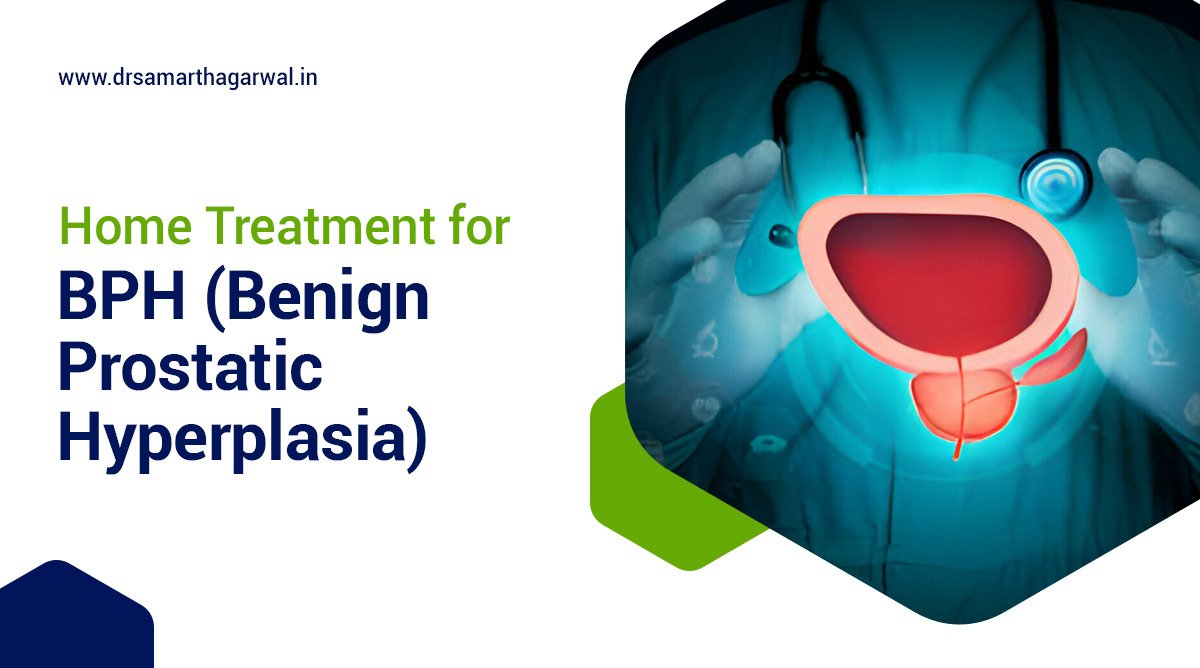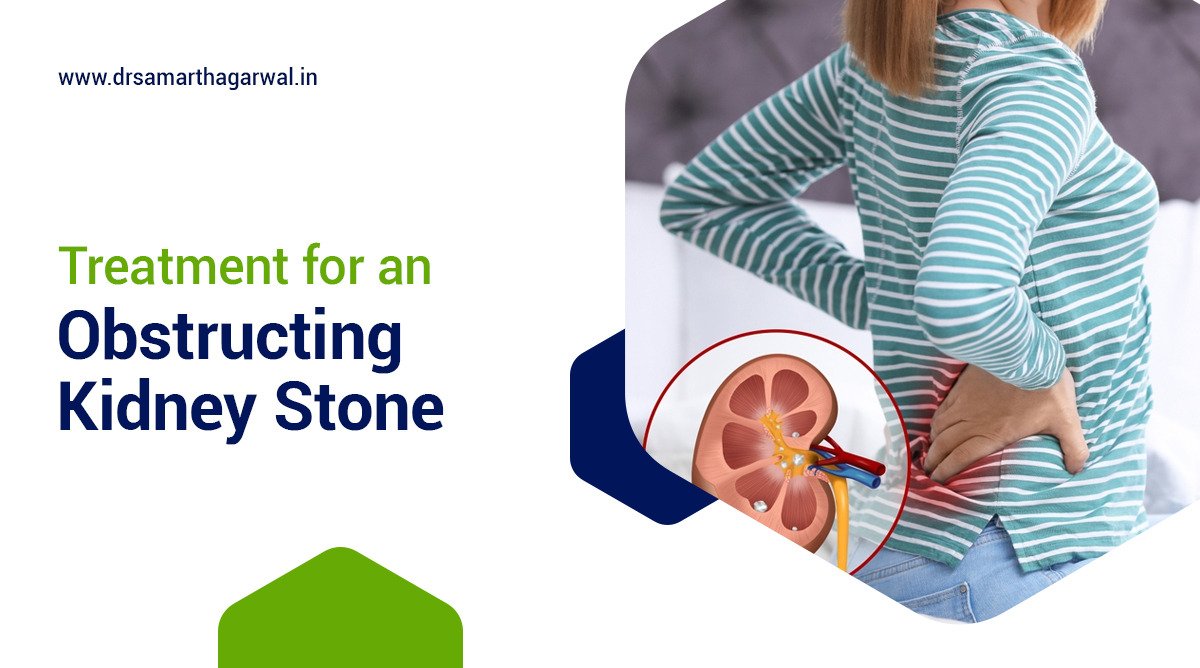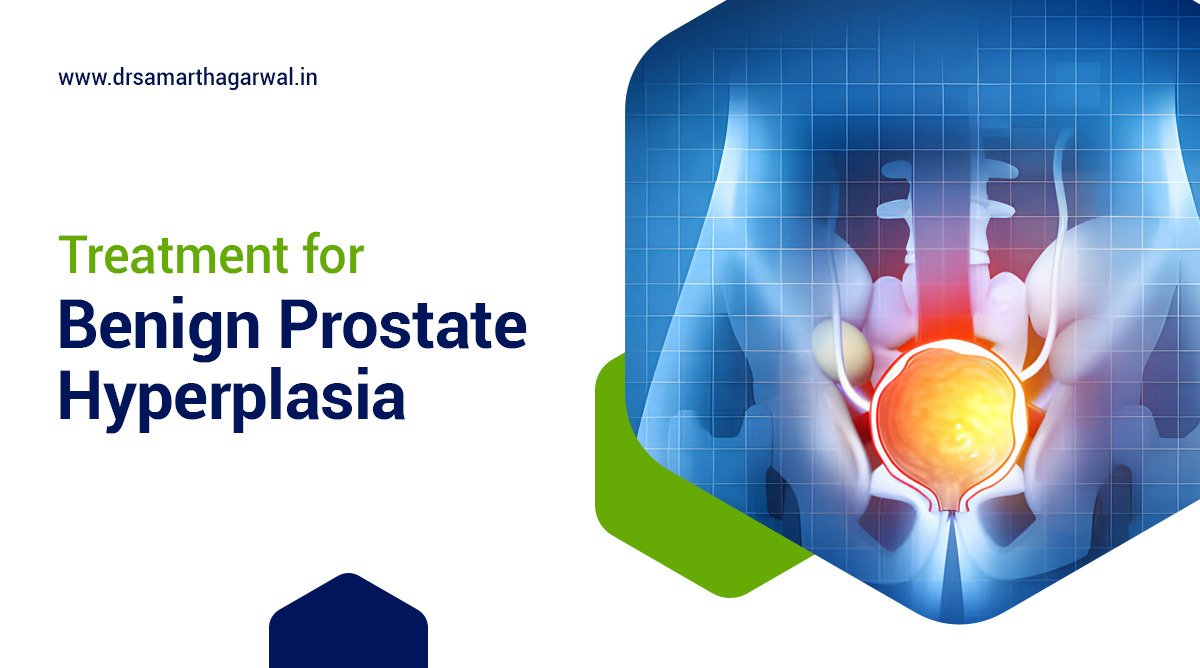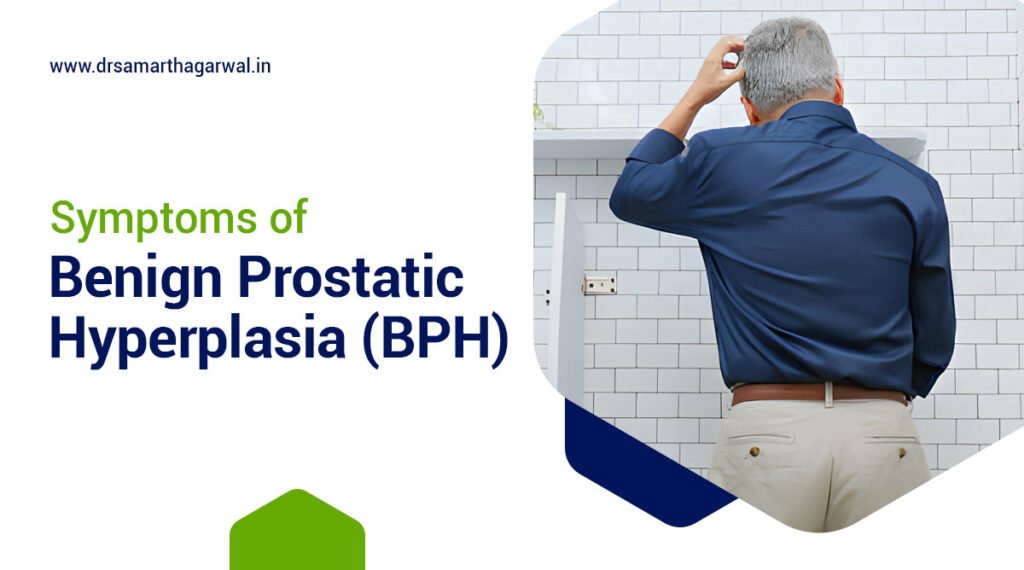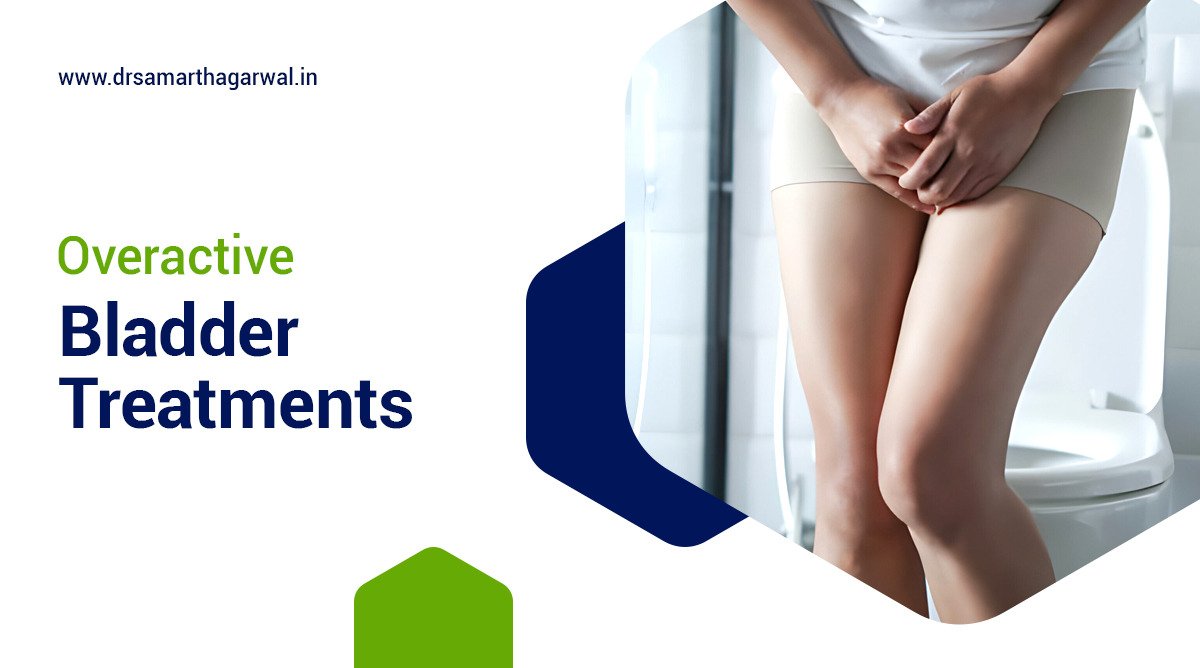A urologist examines patients through comprehensive physical assessments and specialized diagnostic procedures. This examination process requires a combination of visual inspection, manual palpation, and advanced medical testing.
What Should You Expect During Your First Urologist Visit?
Your first urologist visit involves a comprehensive evaluation of your urinary system. The urologist conducts a thorough medical history review, physical examination, and may order diagnostic tests to assess your urologic health. A typical first urologist visit includes:
- Medical history discussion
- Physical examination
- Urinalysis
- Blood tests
- Imaging studies (if necessary)
- Treatment plan discussion
How Does a Urologist Perform a Physical Examination?
A urologist performs a physical examination through specific techniques targeting the urinary and reproductive systems. This examination assesses the overall health of urologic organs and identifies potential abnormalities.
What does a general physical exam involve?
A general physical exam involves a comprehensive assessment of the patient’s overall health. The urologist evaluates vital signs, abdominal area, and external genitalia to detect any urologic abnormalities. The general physical exam includes:
- Blood pressure measurement
- Heart rate check
- Abdominal palpation
- External genitalia inspection
- Lymph node examination
How is a pelvic exam conducted for males and females?
A pelvic exam for males and females differs due to anatomical variations. The urologist assesses the pelvic organs for any abnormalities or signs of urologic conditions. Male pelvic exam:
- Testicular examination
- Penis inspection
- Prostate assessment (via digital rectal exam) Female pelvic exam:
- External genitalia inspection
- Vaginal examination
- Uterus and ovary palpation
- Bladder assessment
What is a digital rectal exam and why is it important?
A digital rectal exam involves the insertion of a gloved, lubricated finger into the rectum to assess the prostate gland. This exam detects prostate abnormalities, including enlargement or potential cancerous growths. Digital rectal exam importance:
- Prostate cancer screening
- Benign prostatic hyperplasia detection
- Rectal abnormalities assessment
- Prostate-specific antigen (PSA) level correlation
What Urine Tests Does a Urologist Typically Order?
Urologists typically order specific urine tests to diagnose urinary tract problems. These tests analyze urine composition, detect infections, and identify abnormalities in the urinary system.
How is a urinalysis performed and what does it reveal?
A urinalysis involves analyzing a urine sample for various components. This test reveals information about kidney function, urinary tract infections, and other urologic conditions. Urinalysis components:
- Physical examination (color, clarity, odor)
- Chemical analysis (pH, protein, glucose)
- Microscopic examination (red blood cells, white blood cells, bacteria)
What is a 24-hour urine test and when is it necessary?
A 24-hour urine test collects all urine produced over a full day. This test measures substances excreted by the kidneys and assesses kidney function comprehensively. 24-hour urine test necessity:
- Kidney stone risk assessment
- Protein excretion evaluation
- Hormone level measurement
- Creatinine clearance determination
How do urine tests help diagnose urinary tract problems?
Urine tests help diagnose urinary tract problems by providing crucial information about the urinary system’s function. These tests detect infections, kidney disorders, and other urologic conditions. Urine tests diagnostic capabilities:
- Urinary tract infection identification
- Kidney stone detection
- Bladder cancer screening
- Diabetes mellitus indication
- Kidney function assessment
What Blood Tests Might a Urologist Request?
A urologist requests specific blood tests to evaluate urologic health. These tests assess kidney function, hormone levels, and detect potential urologic diseases.
Why is a PSA test important for prostate health?
A PSA test measures prostate-specific antigen levels in the blood. This test screens for prostate cancer and monitors prostate health in men. PSA test importance:
- Prostate cancer detection
- Treatment effectiveness monitoring
- Prostate inflammation indication
- Benign prostatic hyperplasia assessment
What other blood tests can help diagnose urologic diseases?
Other blood tests help diagnose various urologic diseases by evaluating kidney function, hormone levels, and detecting specific markers associated with urologic conditions. Blood tests for urologic diseases:
- Creatinine (kidney function)
- Blood urea nitrogen (BUN)
- Testosterone levels
- Electrolyte panel
- Complete blood count (CBC)
- Prostate-specific antigen (PSA)
What Imaging Tests Does a Urologist Use for Diagnosis?
Urologists utilize various imaging tests for accurate diagnosis of urologic conditions. These tests provide detailed visual information about the urinary system, aiding in proper treatment planning.
How does an X-ray help in urologic examinations?
X-rays aid urologic examinations by revealing kidney stones, bladder abnormalities, and urinary tract obstructions. X-rays in urology:
- Detect kidney stones
- Identify bladder abnormalities
- Reveal urinary tract obstructions
- Guide urologic procedures
- Assess bone health in urologic cancer patients
When might a urologist order an ultrasound?
Urologists order ultrasounds to evaluate the kidneys, bladder, prostate, and testicles for abnormalities or tumors. Ultrasound indications in urology:
- Kidney size and structure assessment
- Bladder volume and wall thickness measurement
- Prostate size and texture evaluation
- Testicular mass investigation
- Urinary tract obstruction detection
- Guided biopsy procedures
What role do CT scans and MRIs play in urologic diagnoses?
CT scans and MRIs play crucial roles in urologic diagnoses by providing detailed cross-sectional images of urinary tract structures and surrounding tissues. CT scans in urology:
- Detect kidney stones
- Evaluate renal masses
- Assess urinary tract obstructions
- Stage urologic cancers MRIs in urology:
- Evaluate prostate cancer
- Assess bladder wall invasion
- Detect small renal masses
- Evaluate complex urinary tract anomalies
How Does a Urologist Examine the Male Reproductive System?
Urologists examine the male reproductive system through physical examinations, laboratory tests, and imaging studies to diagnose and treat various urologic conditions.
What specific tests are performed for erectile dysfunction?
Urologists perform blood tests, hormone evaluations, and penile Doppler ultrasounds to diagnose erectile dysfunction causes. Erectile dysfunction tests:
- Testosterone level assessment
- Lipid profile analysis
- Blood glucose measurement
- Penile Doppler ultrasound
- Nocturnal penile tumescence test
- Psychological evaluation
How is an enlarged prostate examined and diagnosed?
Enlarged prostate examination involves digital rectal exams, PSA blood tests, and transrectal ultrasounds for accurate diagnosis and treatment planning. Enlarged prostate diagnostic methods:
- Digital rectal examination (DRE)
- Prostate-specific antigen (PSA) blood test
- Transrectal ultrasound (TRUS)
- Prostate biopsy
- Urinary flow tests
- Post-void residual volume measurement
How Does a Urologist Examine the Female Urinary System?
Urologists examine the female urinary system through physical examinations, laboratory tests, and specialized imaging studies to diagnose and treat urologic conditions.
What techniques are used to diagnose urinary incontinence?
Urologists diagnose urinary incontinence through urodynamic testing, bladder diaries, and pelvic floor muscle assessments. Urinary incontinence diagnostic techniques:
- Urodynamic studies
- Bladder diary analysis
- Pelvic floor muscle strength assessment
- Pad test
- Cystoscopy
- Pelvic ultrasound
How does a urologist check for bladder and urethra issues?
Urologists check for bladder and urethra issues through cystoscopy, urinalysis, and imaging studies to identify abnormalities and infections. Bladder and urethra examination methods:
- Cystoscopy
- Urinalysis and urine culture
- Uroflowmetry
- Voiding cystourethrogram (VCUG)
- Pelvic ultrasound
- Urethral pressure profile
What Are Some Specialized Urologic Examinations?
Specialized urologic examinations include cystoscopy, urodynamic studies, and kidney stone evaluations for comprehensive diagnosis and treatment planning.
How is a cystoscopy performed to examine the bladder?
Cystoscopy examines the bladder through a thin tube with a camera inserted through the urethra to visualize the bladder lining and detect abnormalities. Cystoscopy procedure steps:
- Patient preparation and local anesthesia administration
- Insertion of cystoscope through urethra
- Bladder filling with sterile water
- Thorough examination of bladder lining
- Biopsy or treatment of identified abnormalities
- Removal of cystoscope and post-procedure care
What is involved in a kidney stone evaluation?
Kidney stone evaluation involves imaging studies, urine analysis, and blood tests to determine stone composition, size, and location for appropriate treatment. Kidney stone evaluation components:
- CT scan or X-ray imaging
- 24-hour urine collection analysis
- Blood tests for calcium and uric acid levels
- Stone composition analysis (if passed or removed)
- Metabolic evaluation
- Dietary assessment
How Does a Urologist Determine the Best Treatment Plan?
Urologists determine the best treatment plan through comprehensive evaluation, diagnostic tests, and patient-specific factors. A urologist’s treatment plan determination involves:
- Medical history review
- Physical examination
- Diagnostic tests (urinalysis, blood tests, imaging)
- Symptom assessment
- Patient age and overall health consideration
- Disease severity evaluation
- Treatment options analysis
- Patient preferences discussion
- Risk-benefit assessment
- Collaborative decision-making
How are test results interpreted to diagnose urologic diseases?
Urologists interpret test results by analyzing specific markers, imaging findings, and clinical correlations to diagnose urologic diseases. Test result interpretation for urologic disease diagnosis includes:
- Urinalysis: Examining urine for blood, bacteria, or abnormal cells
- Blood tests: Assessing kidney function, prostate-specific antigen levels
- Imaging studies: Evaluating structural abnormalities in the urinary tract
- Cystoscopy findings: Inspecting bladder and urethra for abnormalities
- Biopsy results: Analyzing tissue samples for cancer or other conditions
- Urodynamic studies: Assessing bladder and urethra function
- Pyelogram results: Examining kidney and ureter structure
- Creatinine levels: Evaluating kidney function
- Urine culture: Identifying bacterial infections
- Prostate-specific antigen (PSA) levels: Screening for prostate cancer
What factors are considered when recommending treatment options?
Urologists consider multiple factors including disease severity, patient health, and treatment efficacy when recommending treatment options. Factors considered for treatment recommendations:
- Disease type and stage
- Patient age and overall health
- Symptom severity and duration
- Previous treatments and outcomes
- Potential side effects and complications
- Patient preferences and lifestyle
- Treatment success rates
- Available medical resources
- Cost and insurance coverage
- Long-term prognosis and follow-up requirements
When Should You Follow Up with Your Urologist?
Patients should follow up with their urologist based on their specific condition, treatment plan, and any new or worsening symptoms.
How often should you see your urologist for check-ups?
Urologist check-up frequency depends on the patient’s specific urologic condition and treatment plan. Recommended urologist check-up intervals:
- Post-surgery: 1-2 weeks after procedure
- Prostate cancer monitoring: Every 3-6 months
- Benign prostatic hyperplasia: Annually
- Kidney stone prevention: Every 6-12 months
- Urinary incontinence management: Every 3-6 months
- Recurrent urinary tract infections: Every 3-4 months
- Bladder cancer surveillance: Every 3-6 months
- Erectile dysfunction treatment: Every 6-12 months
- Chronic kidney disease: Every 3-6 months
- General urologic health (men over 50): Annually
What symptoms warrant an immediate follow-up appointment?
Specific urologic symptoms require immediate follow-up appointments with a urologist to prevent complications and ensure proper treatment. Symptoms warranting immediate urologist follow-up: Severe abdominal or flank pain Gross hematuria (visible blood in urine) Acute urinary retention High fever with urinary symptoms Testicular pain or swelling Sudden onset of incontinence Painful urination with discharge.

Contact Dr. Samarth Agarwal if you have any questions or concerns about your Urinary health!



